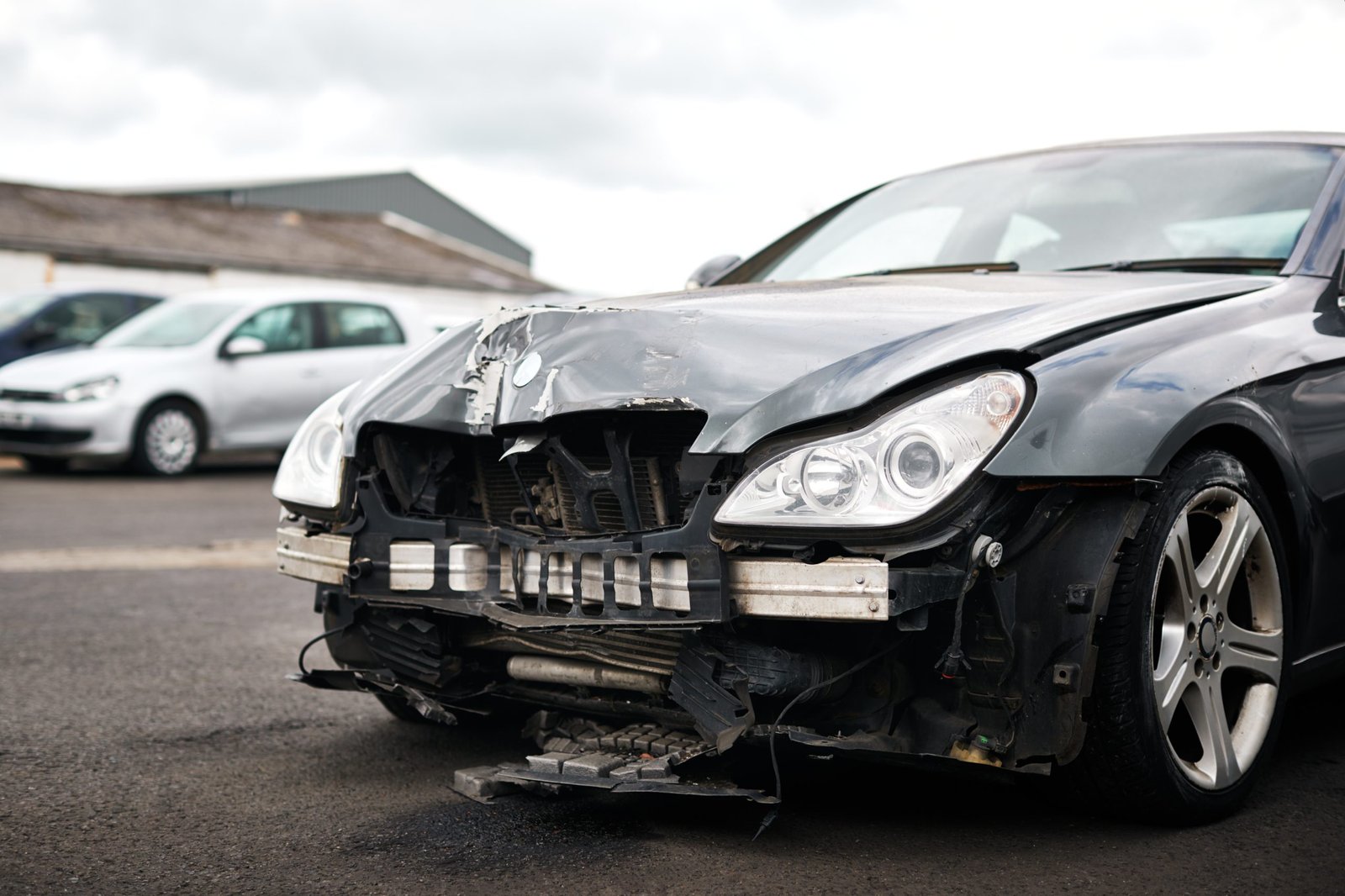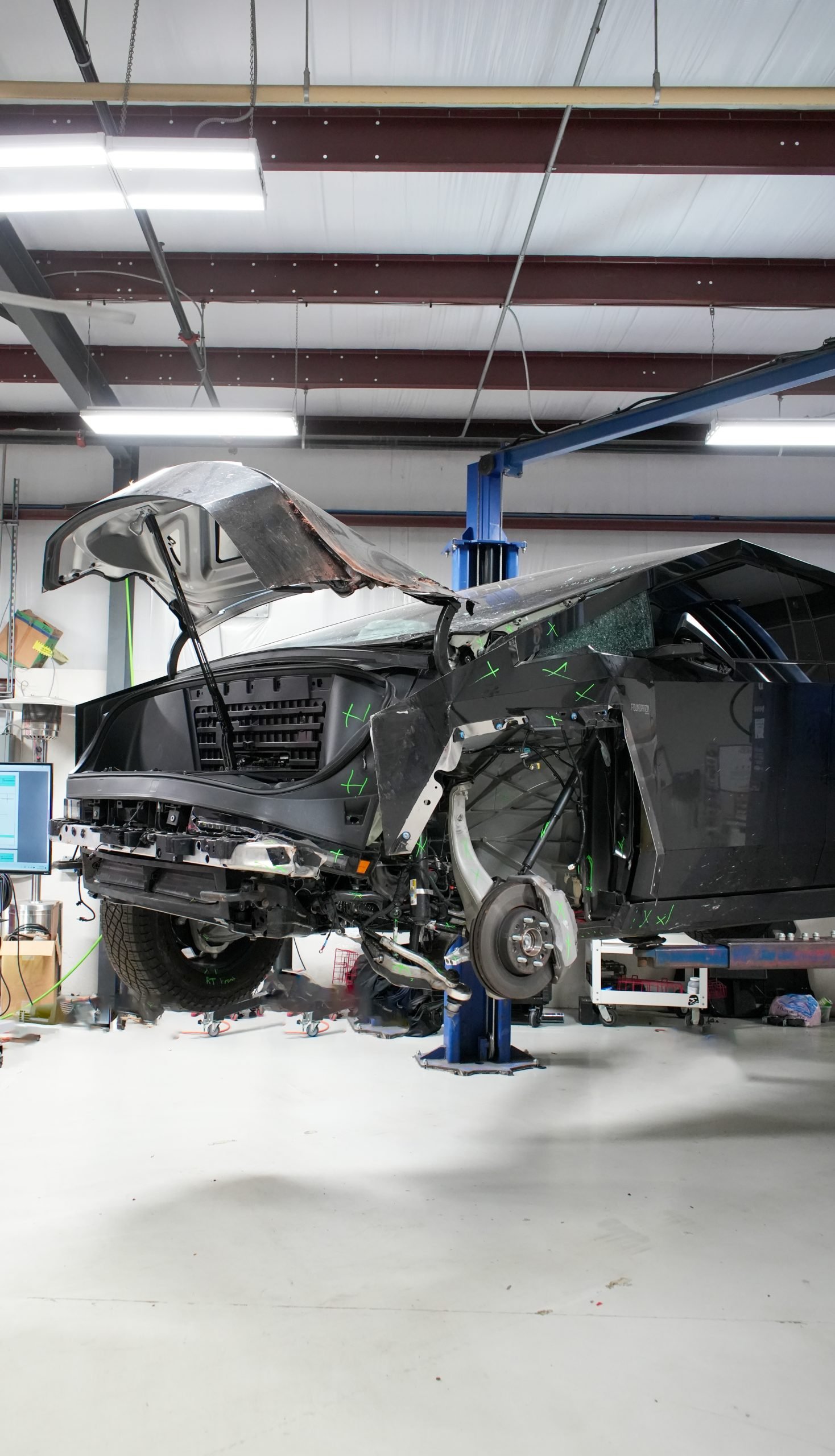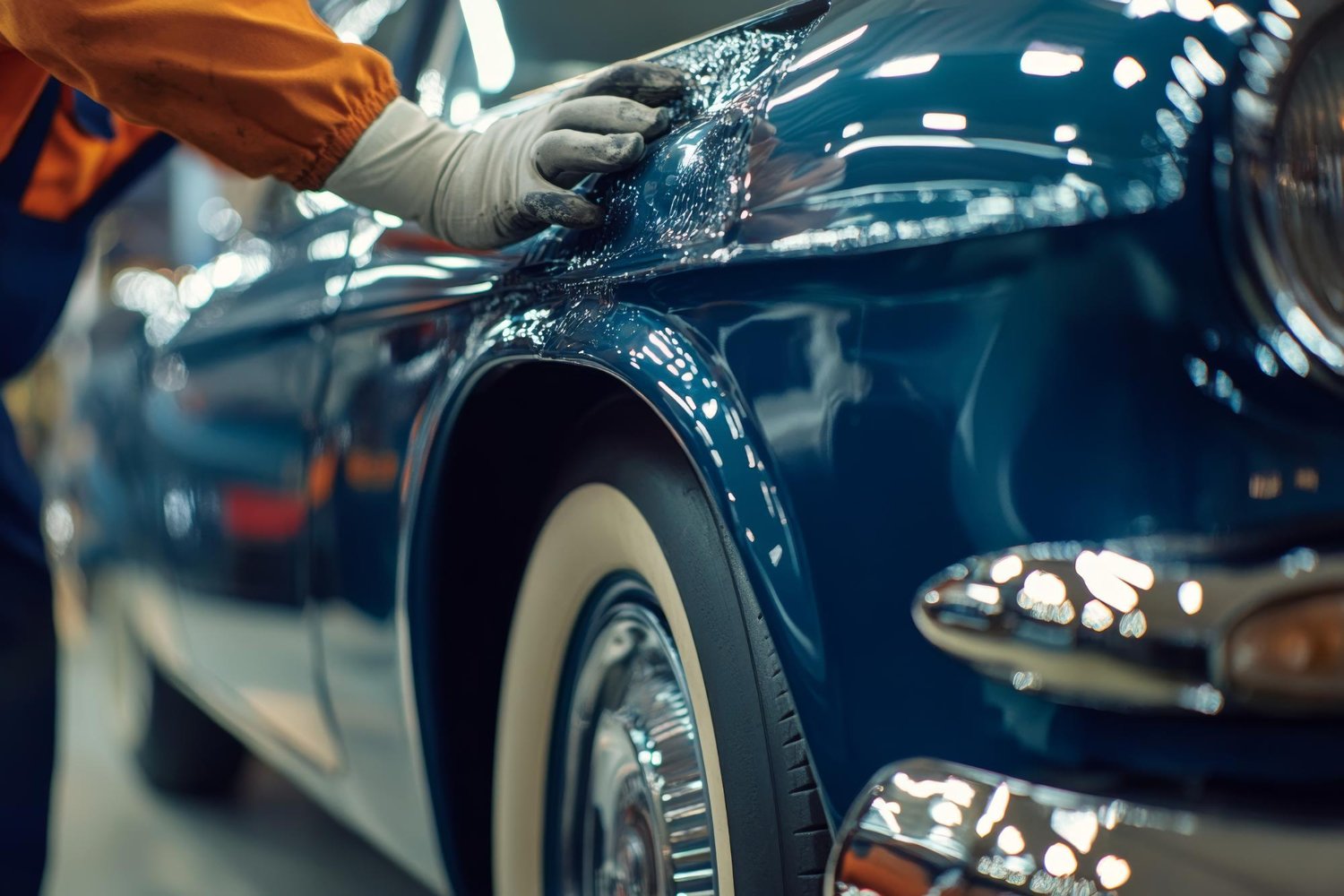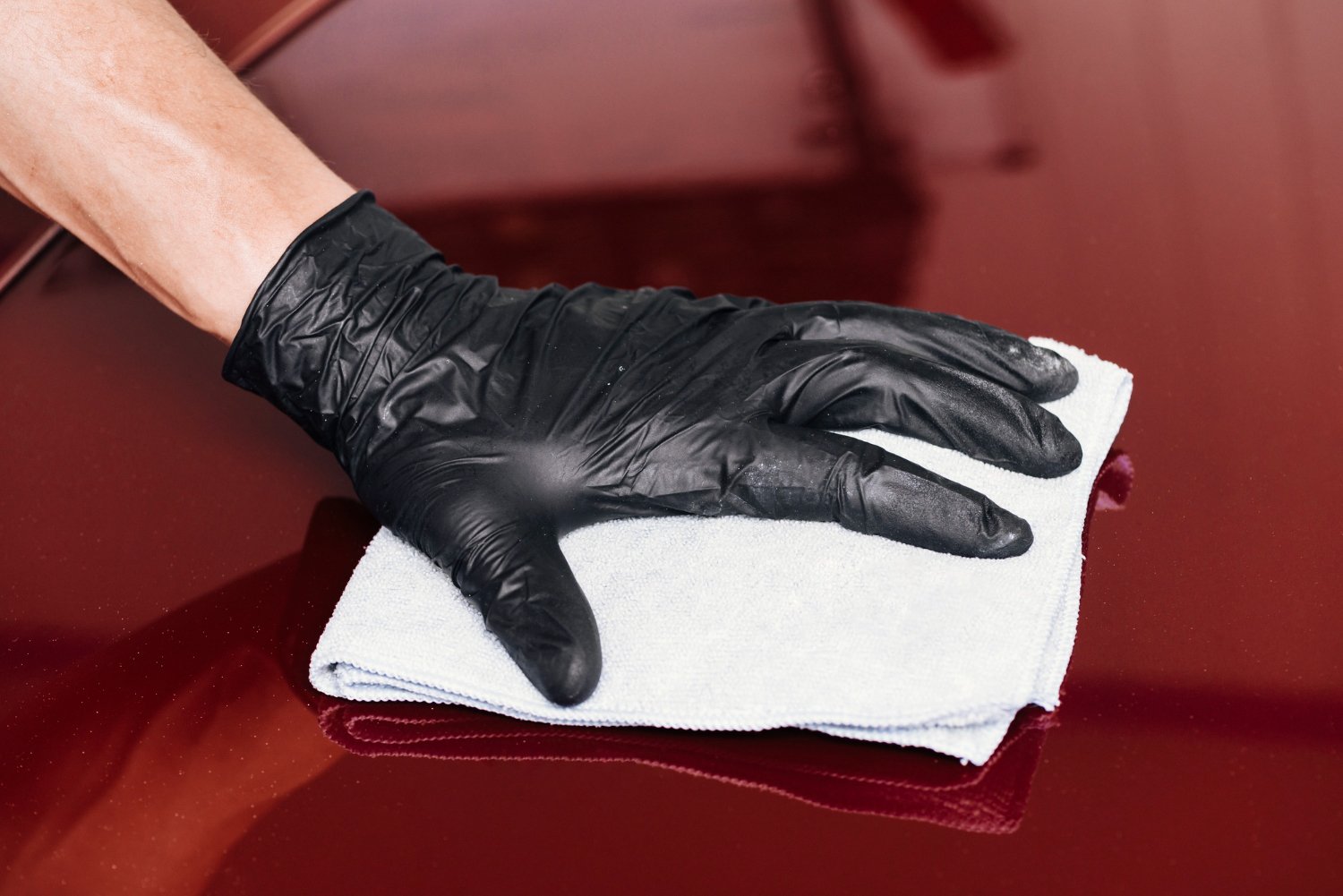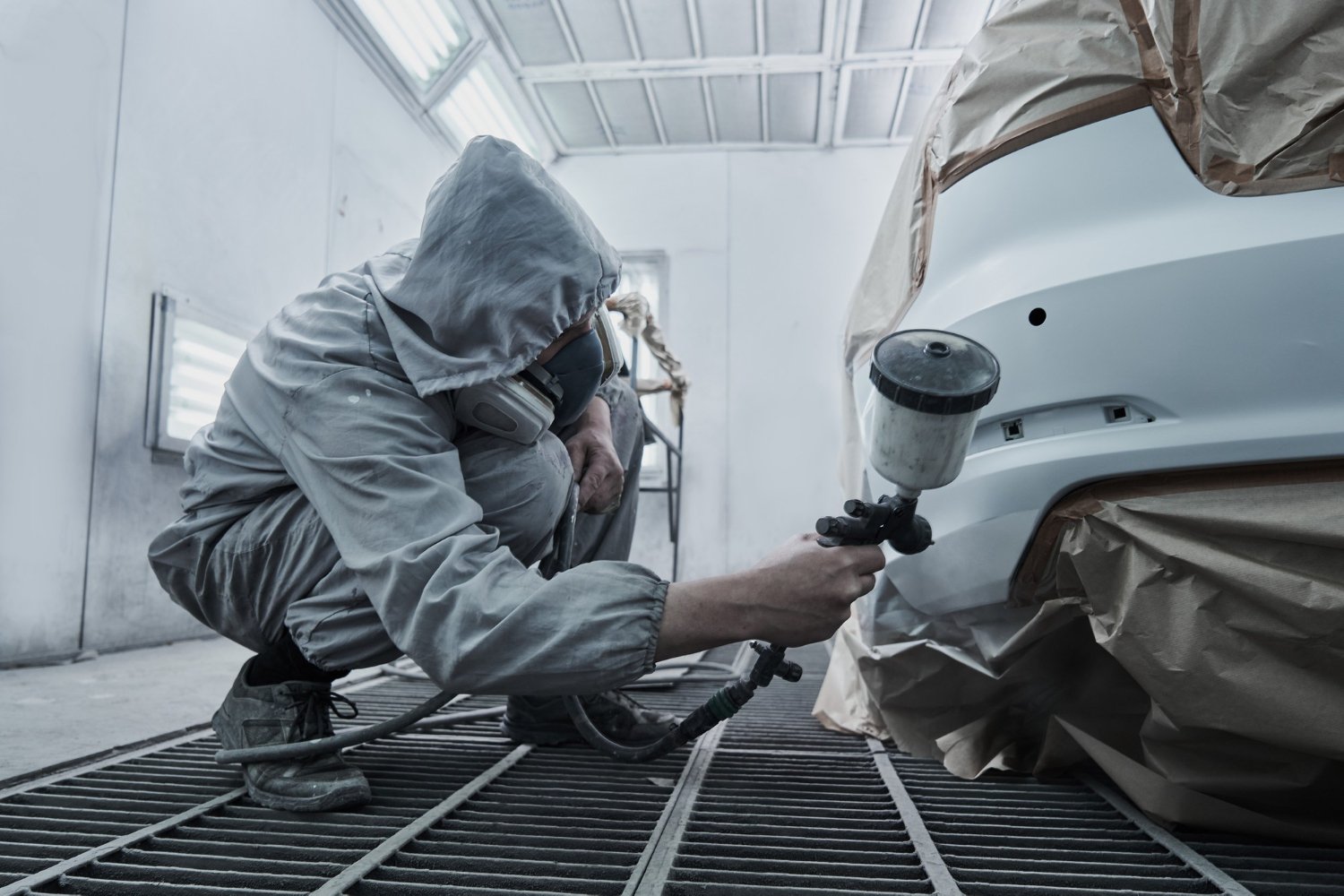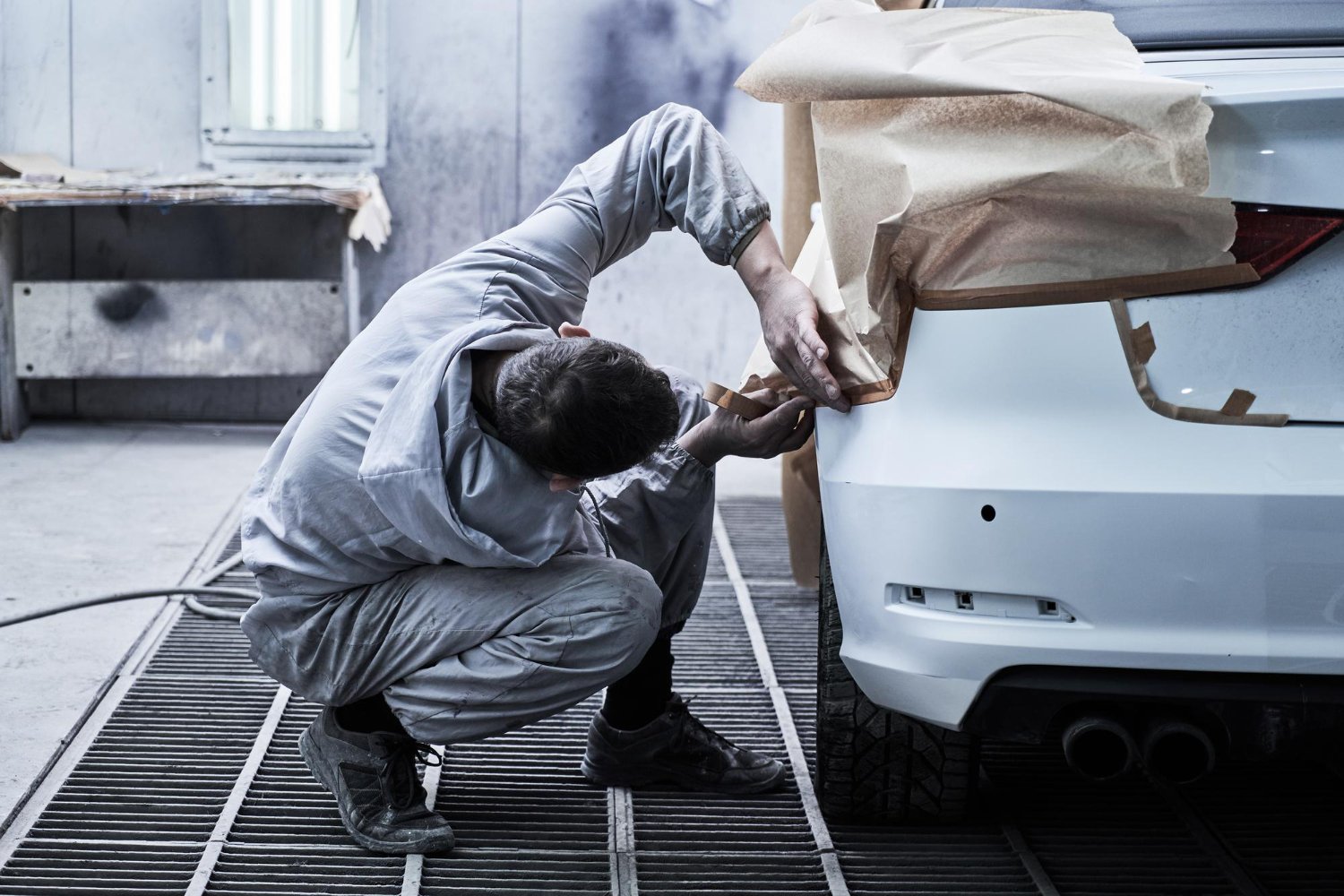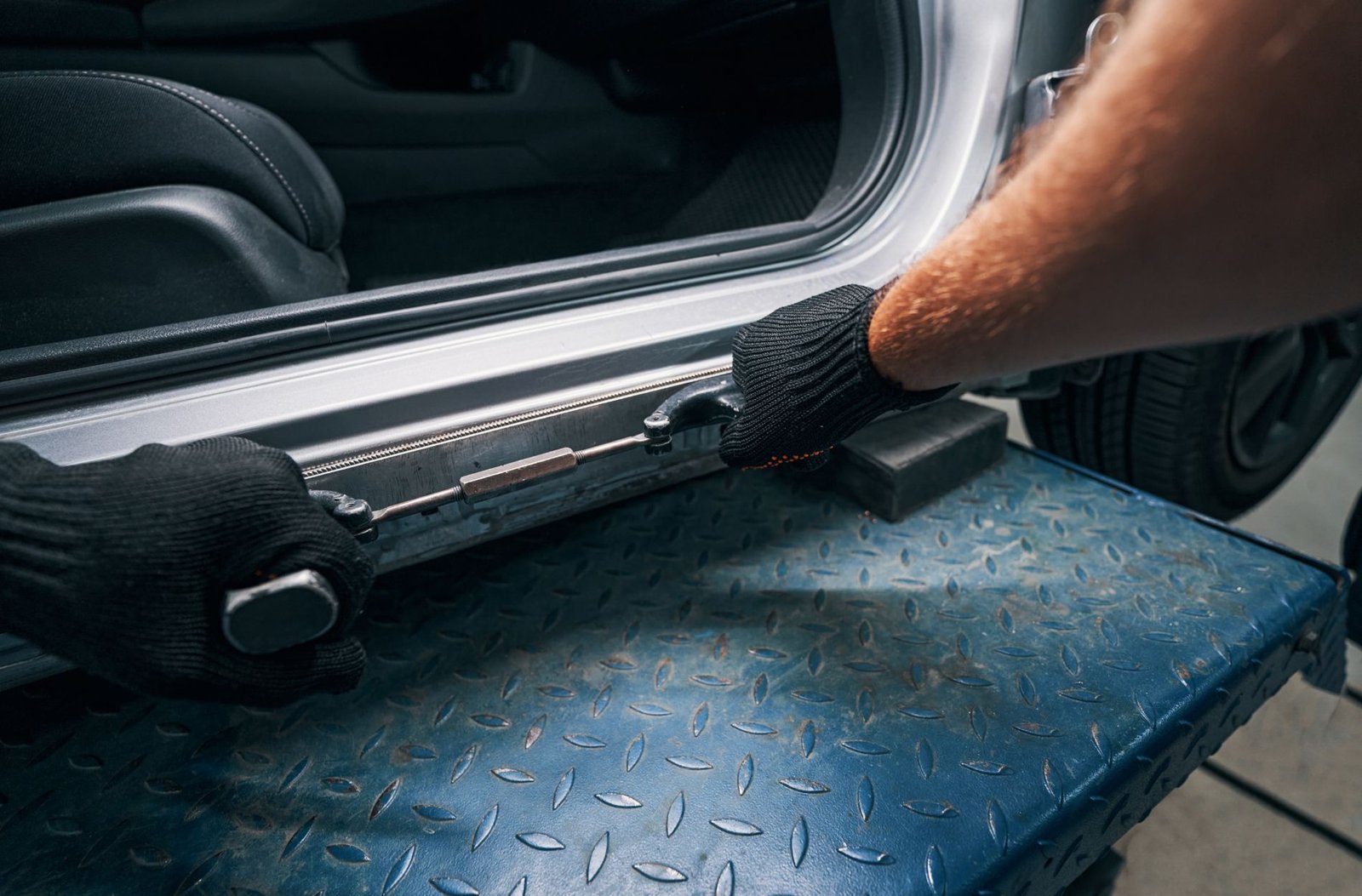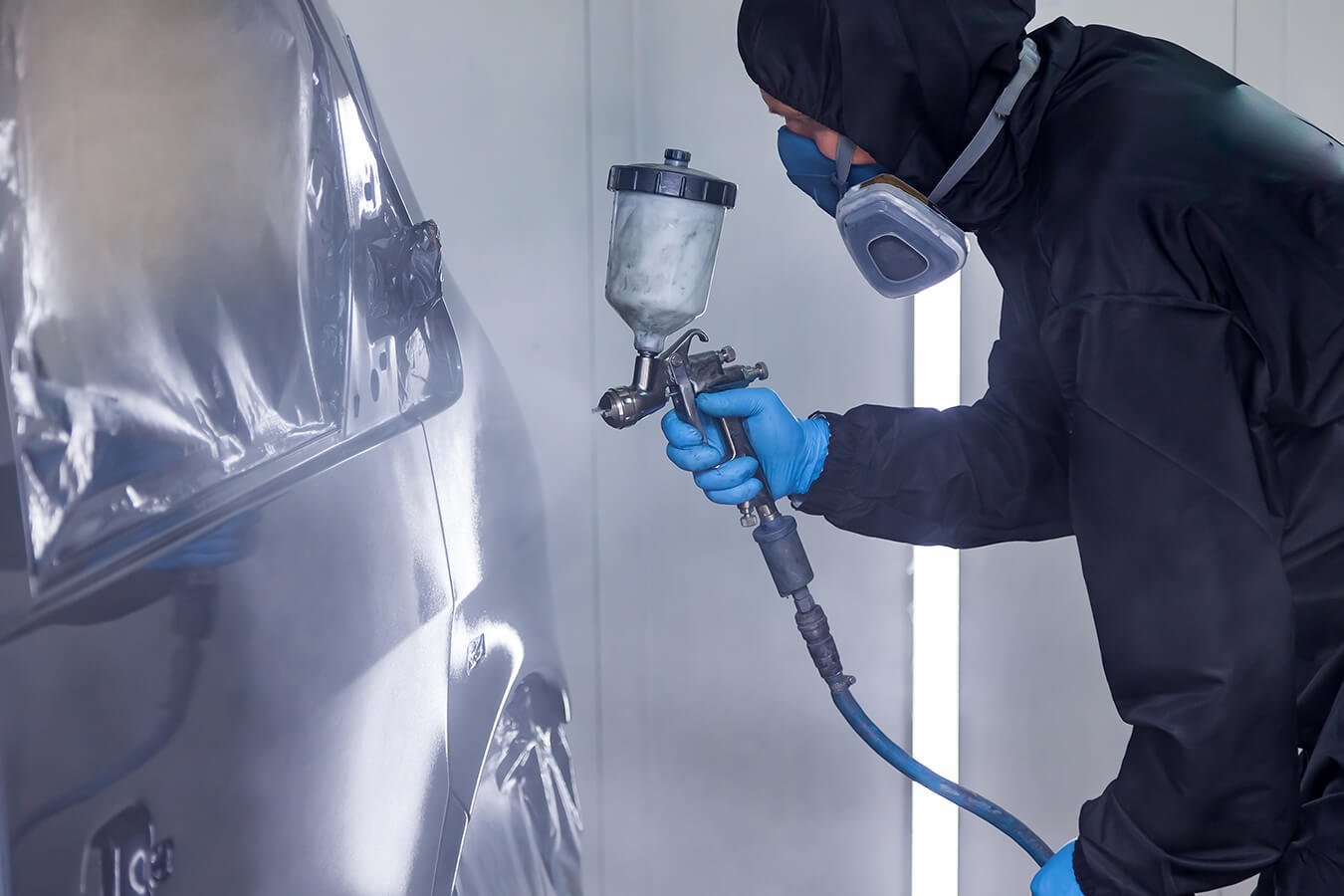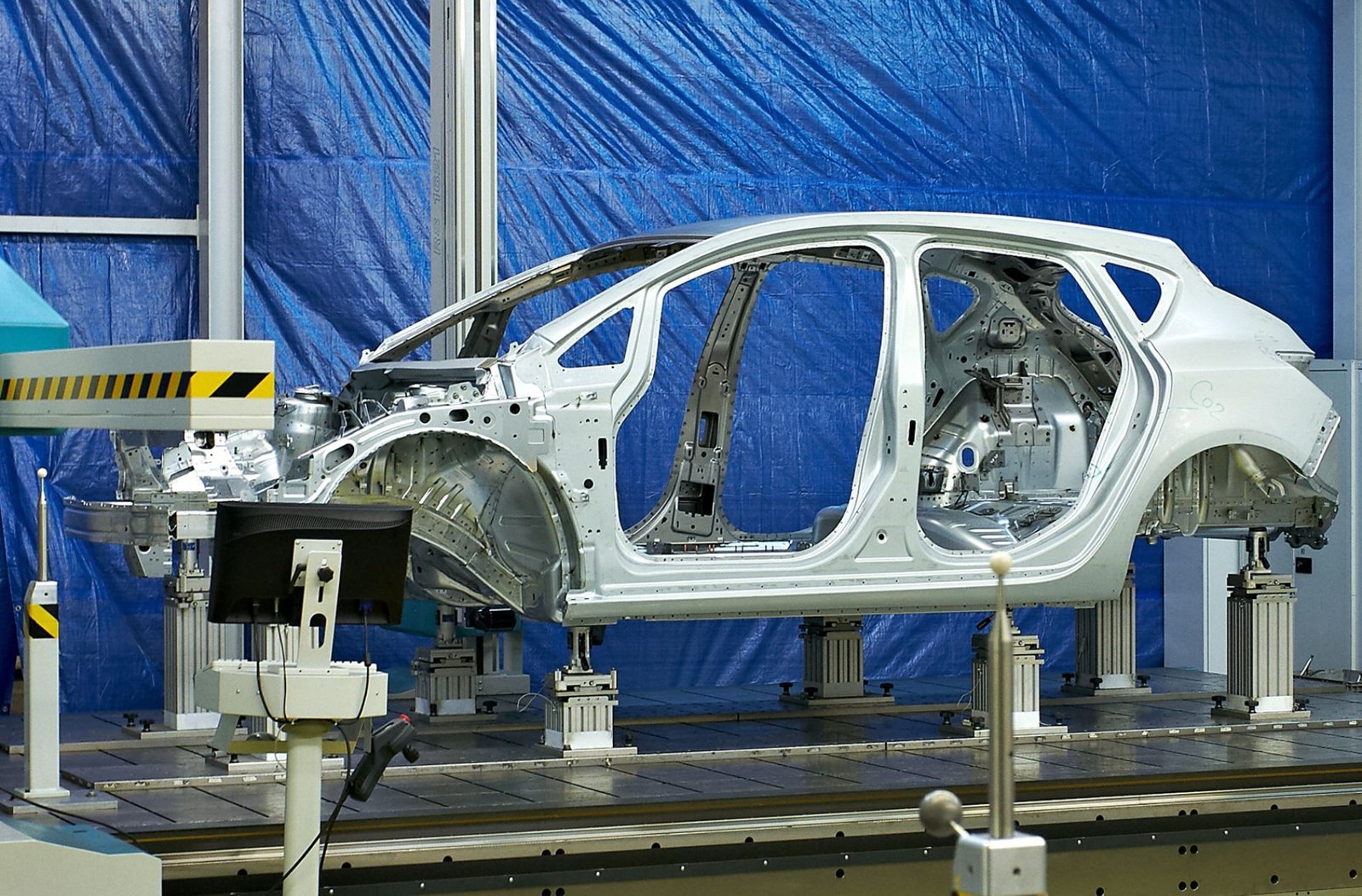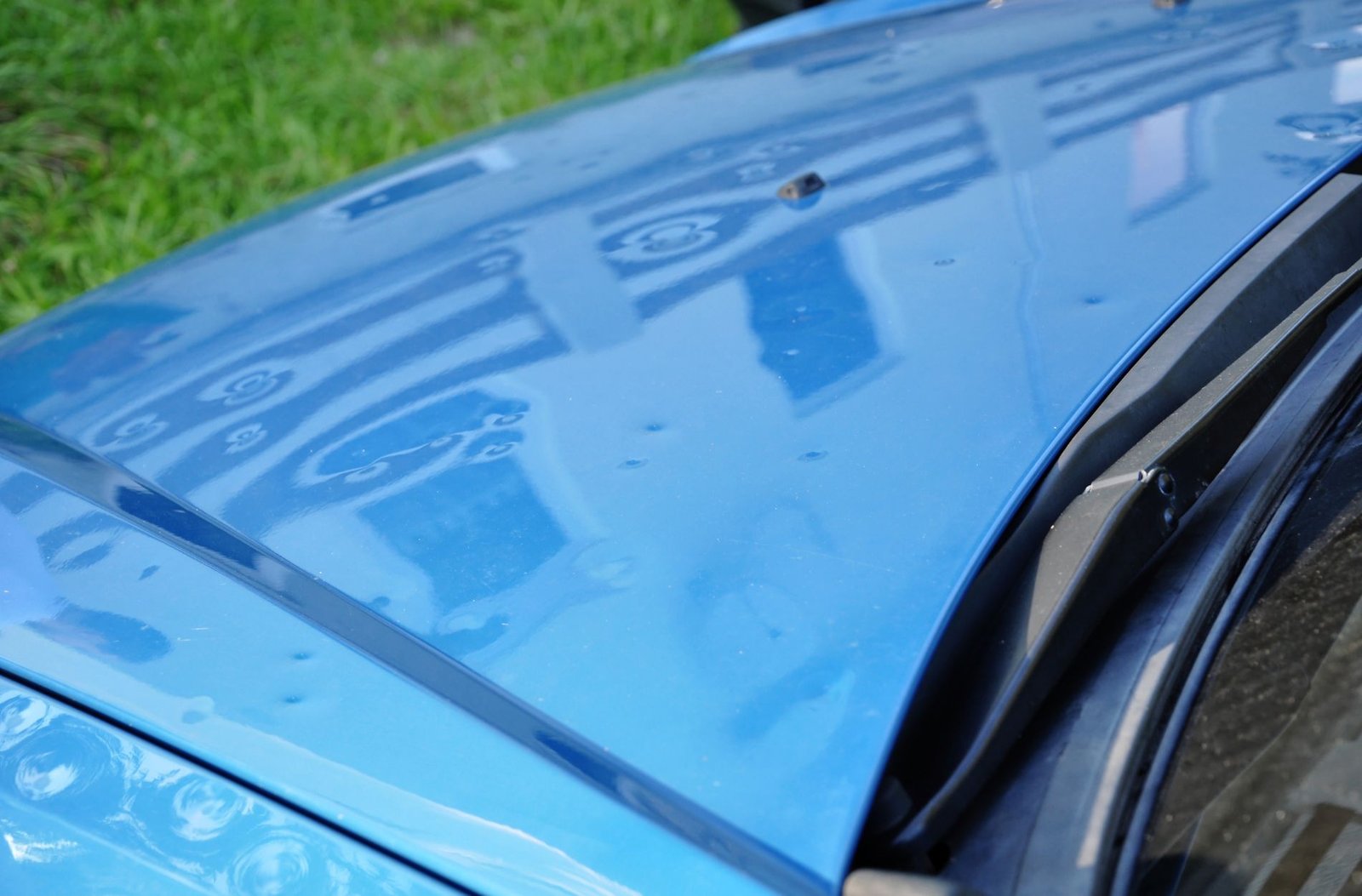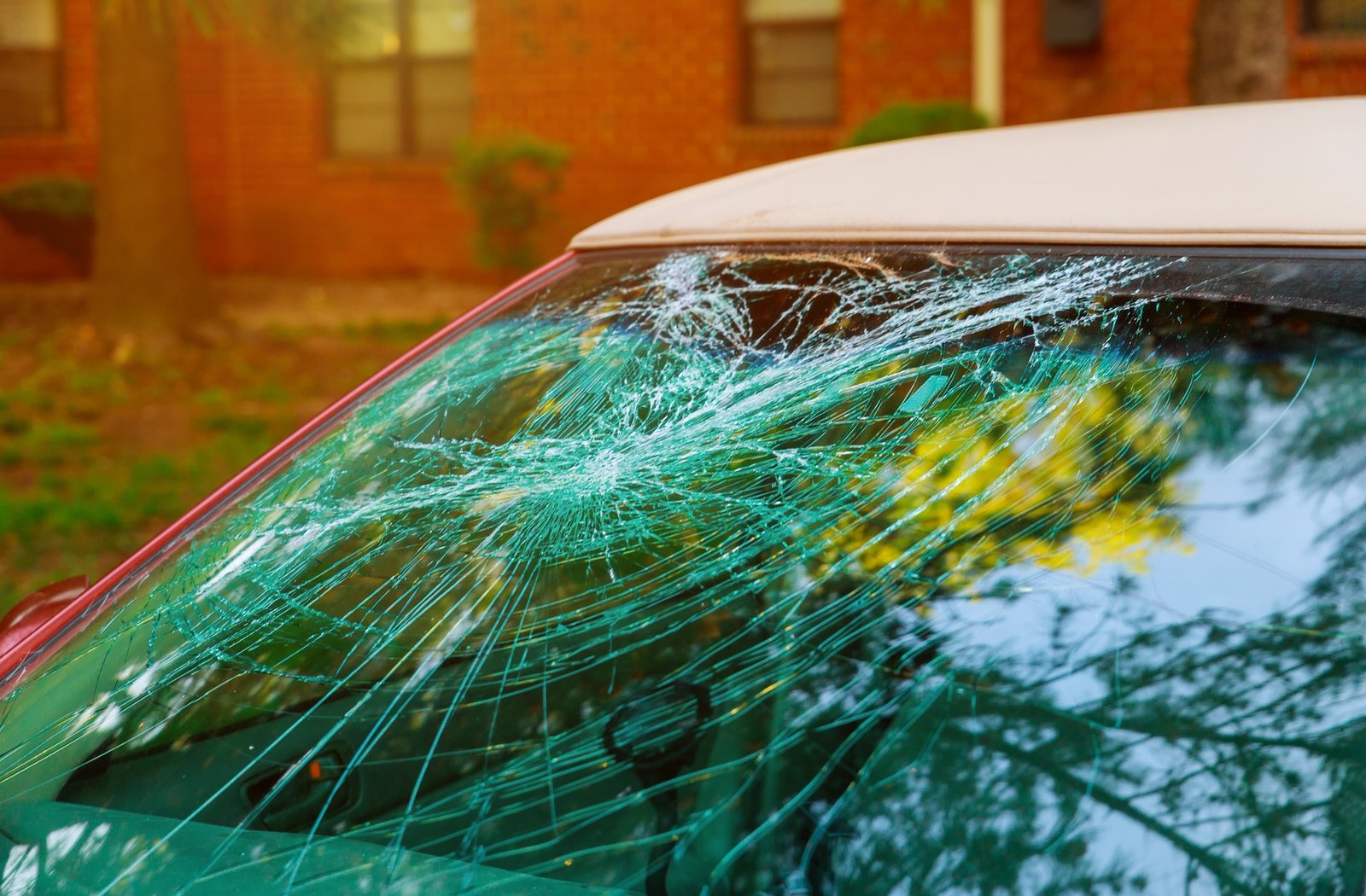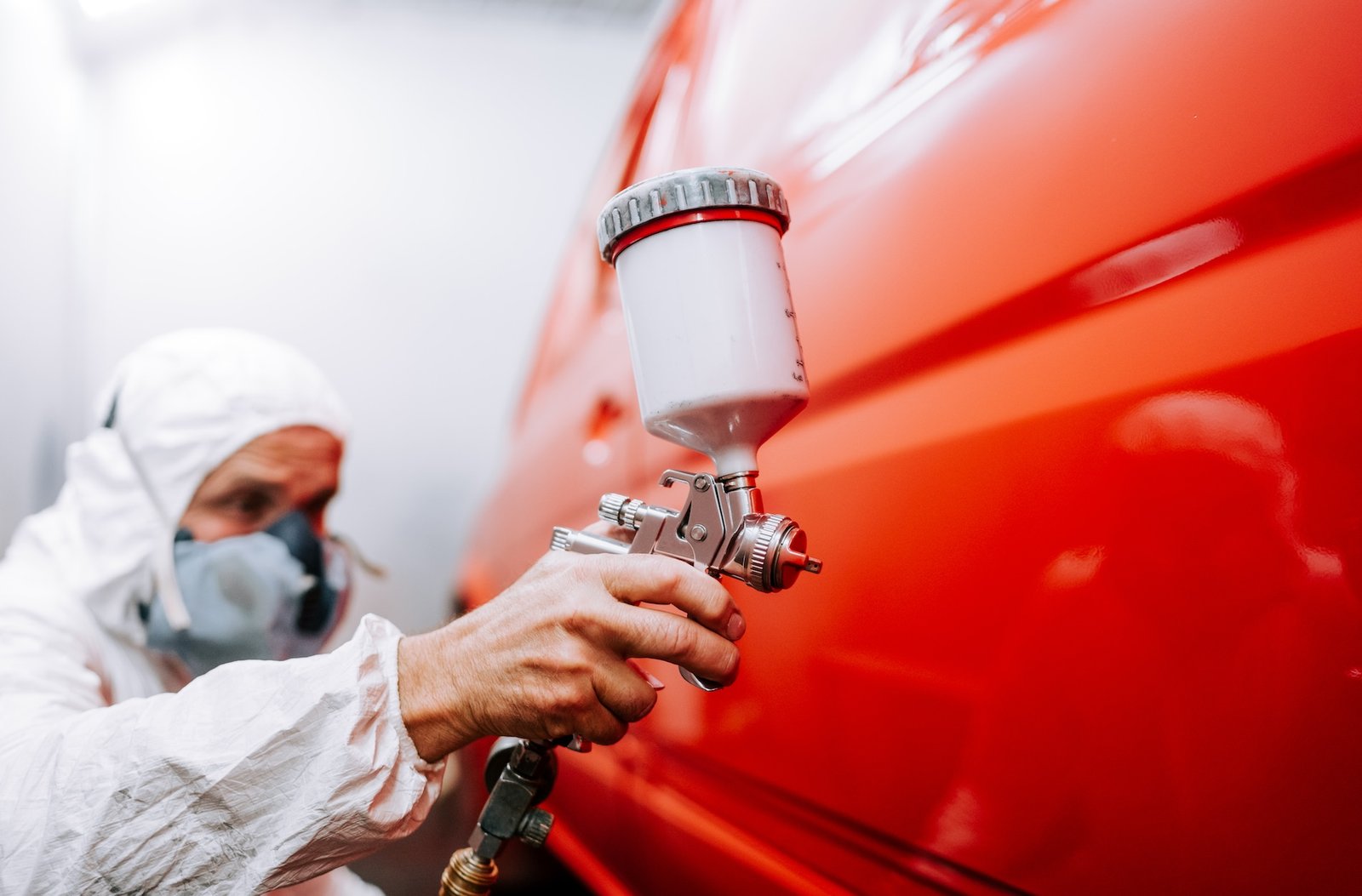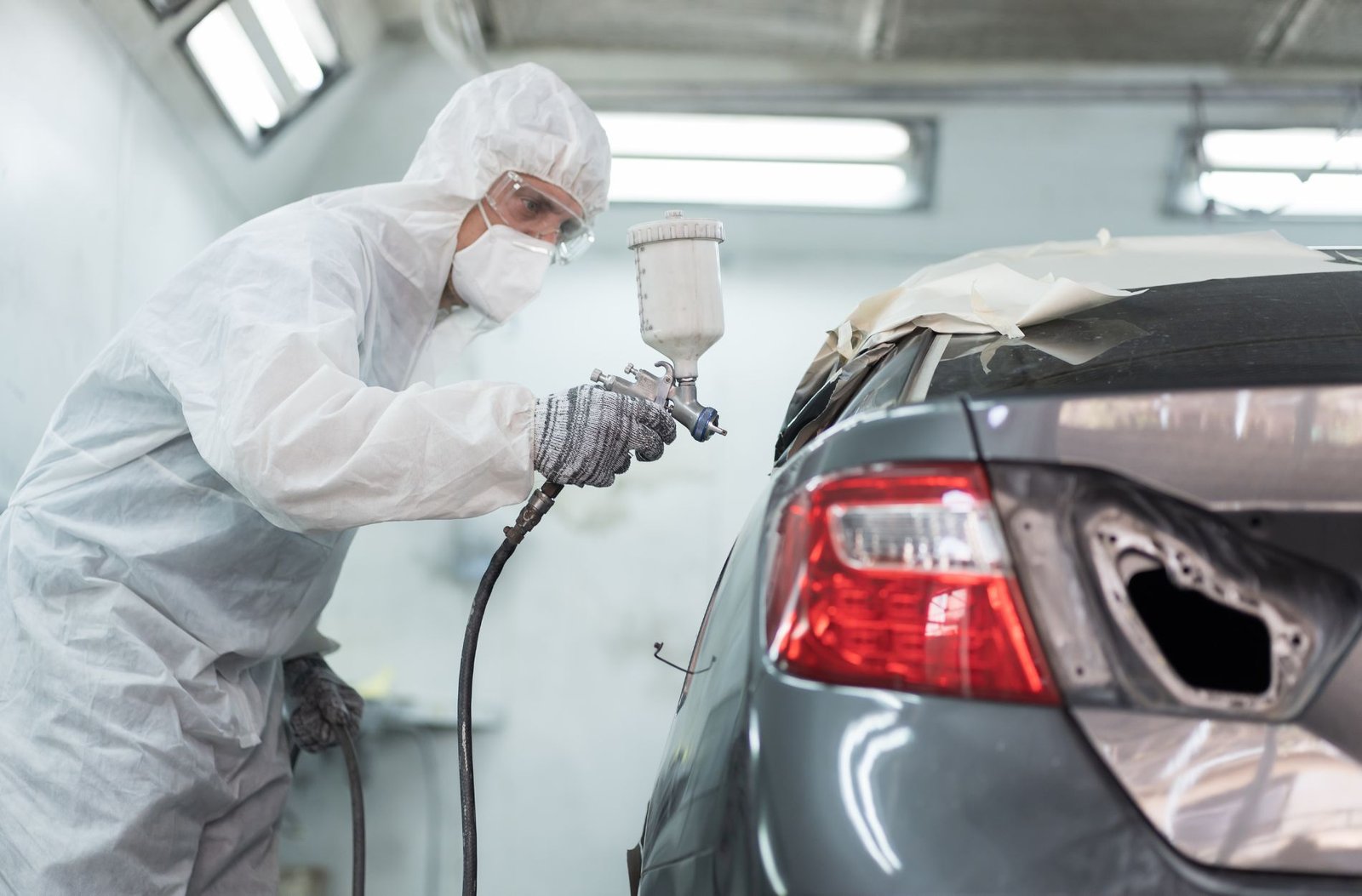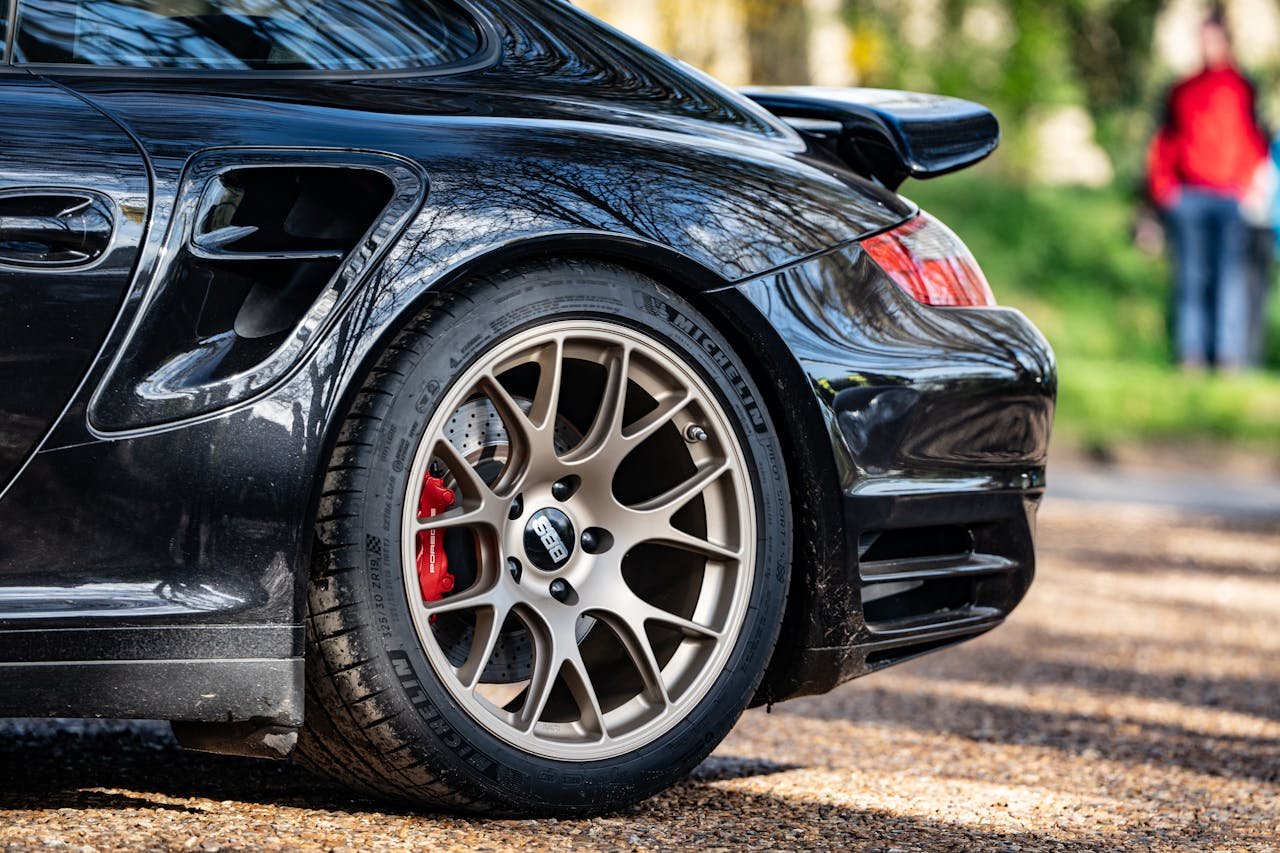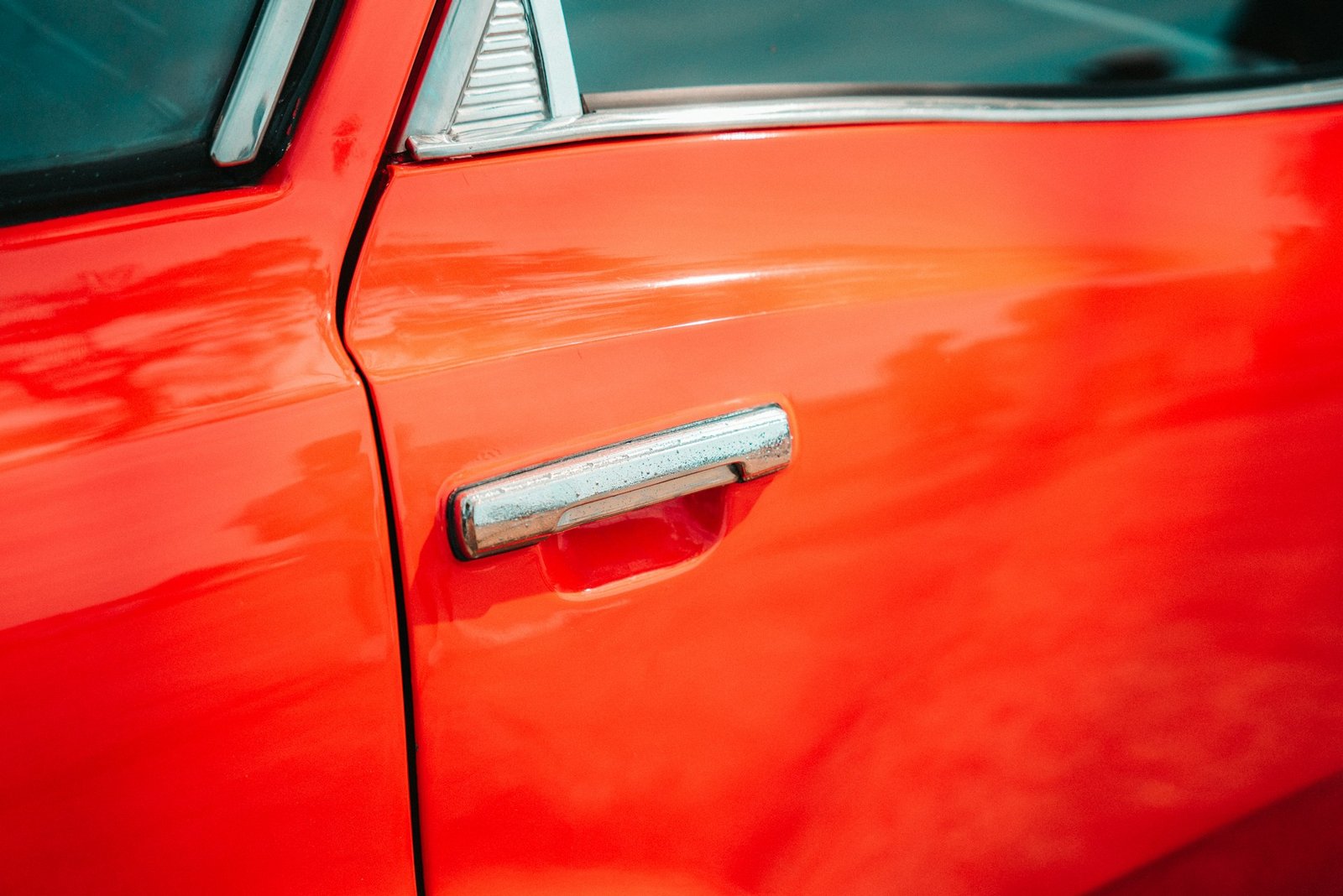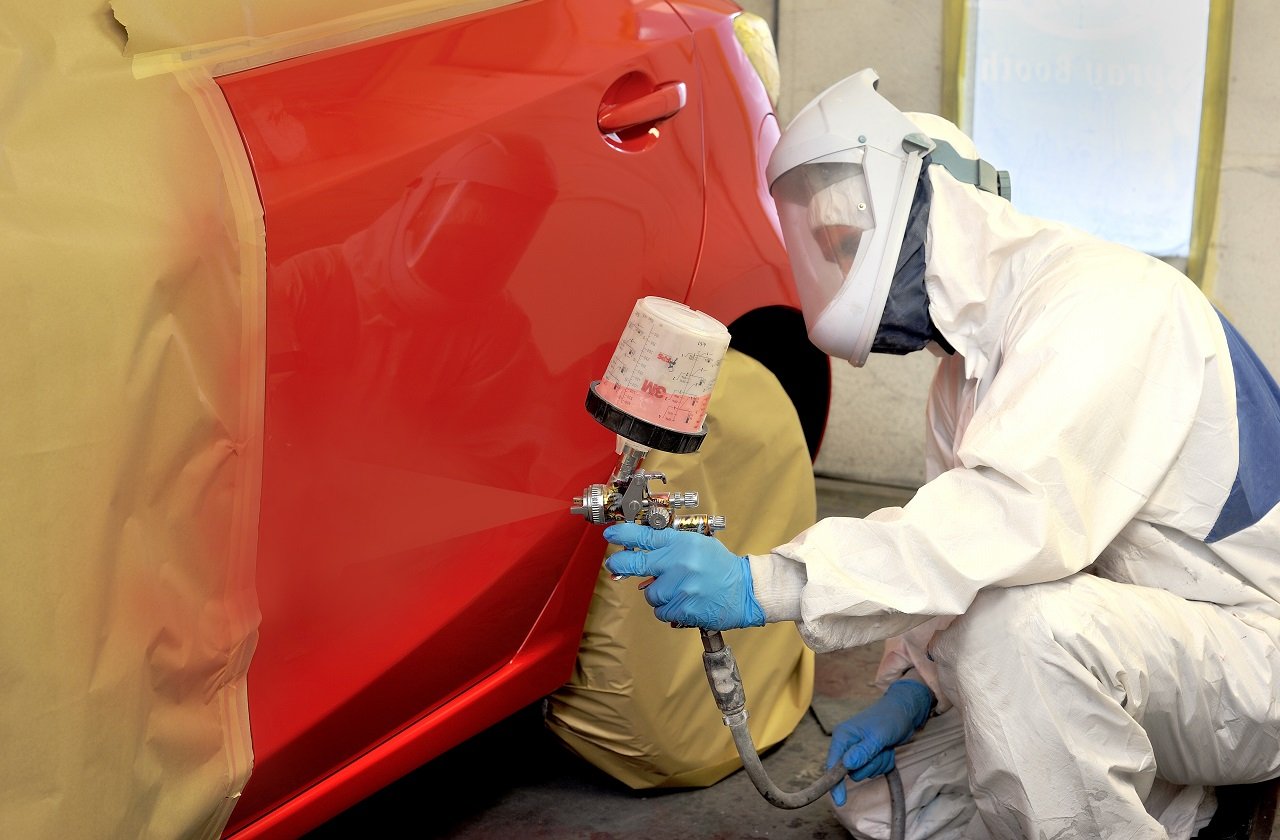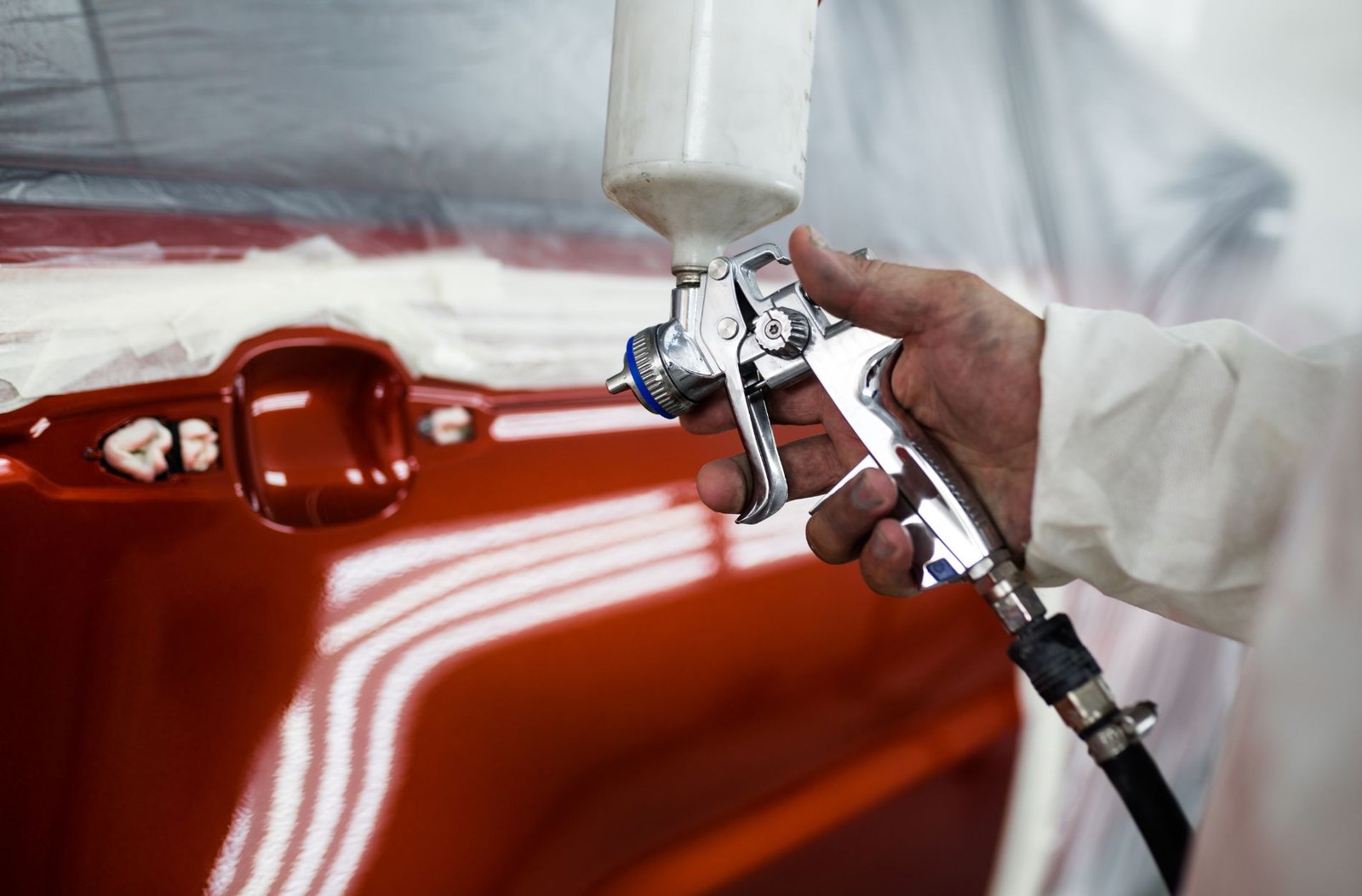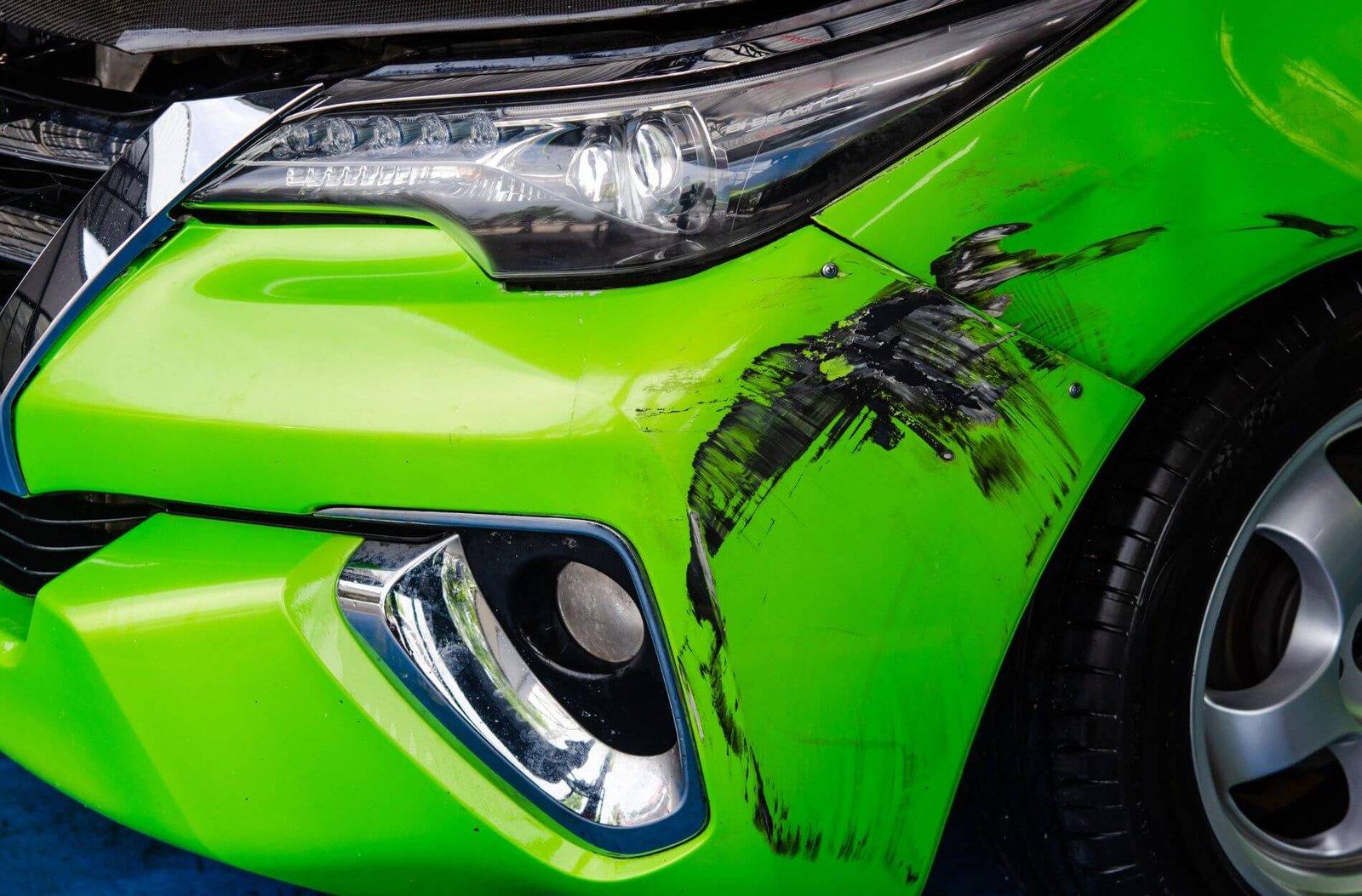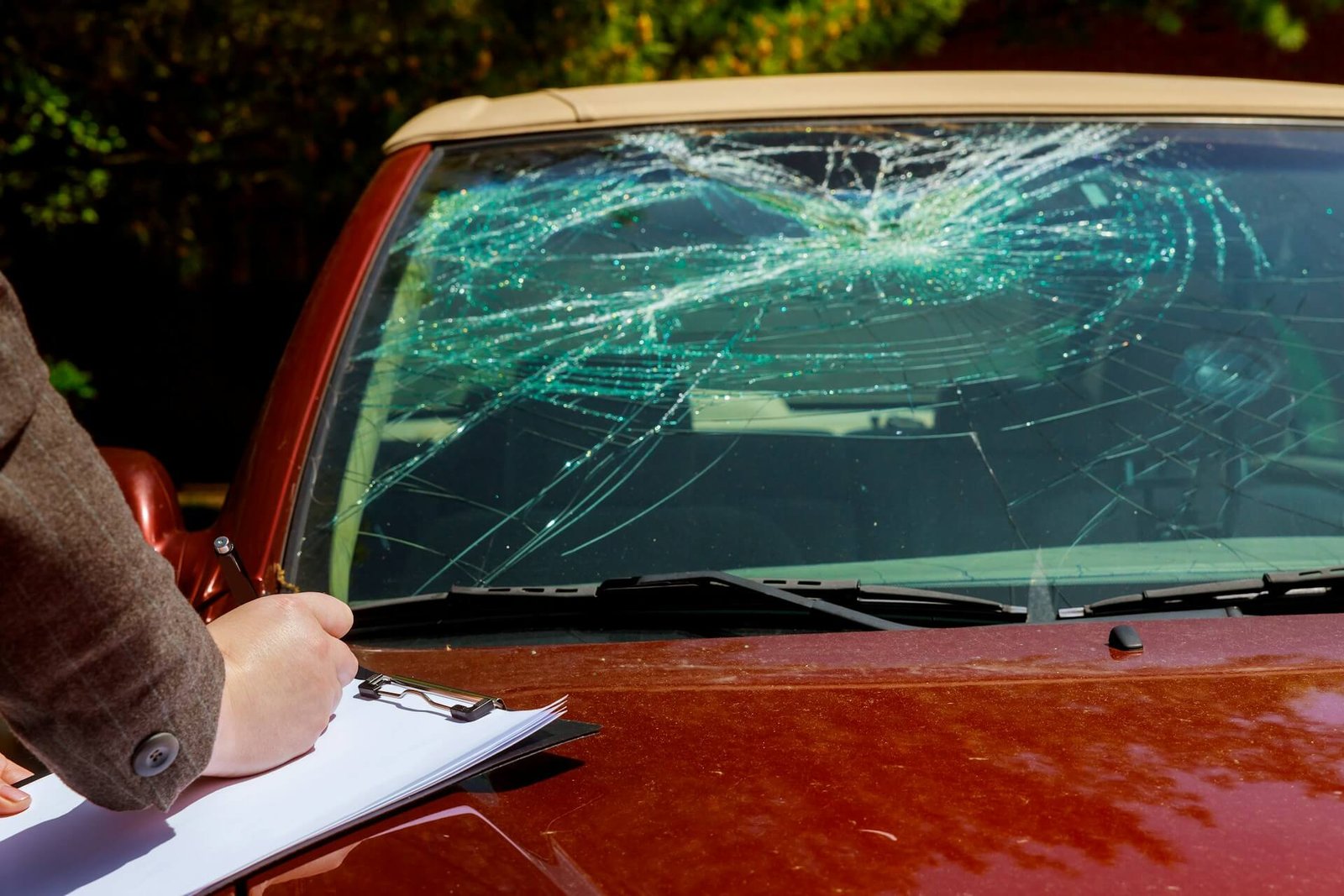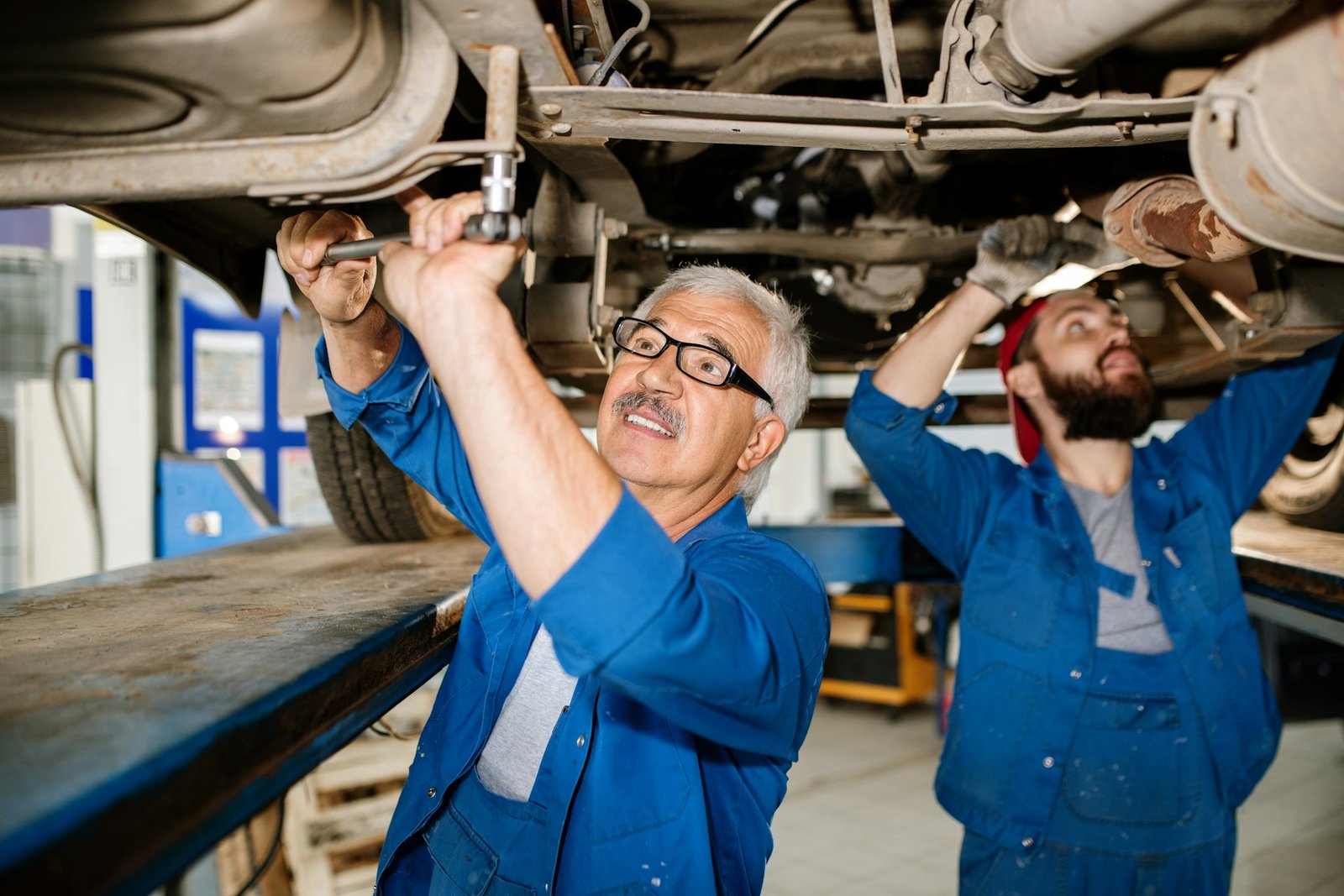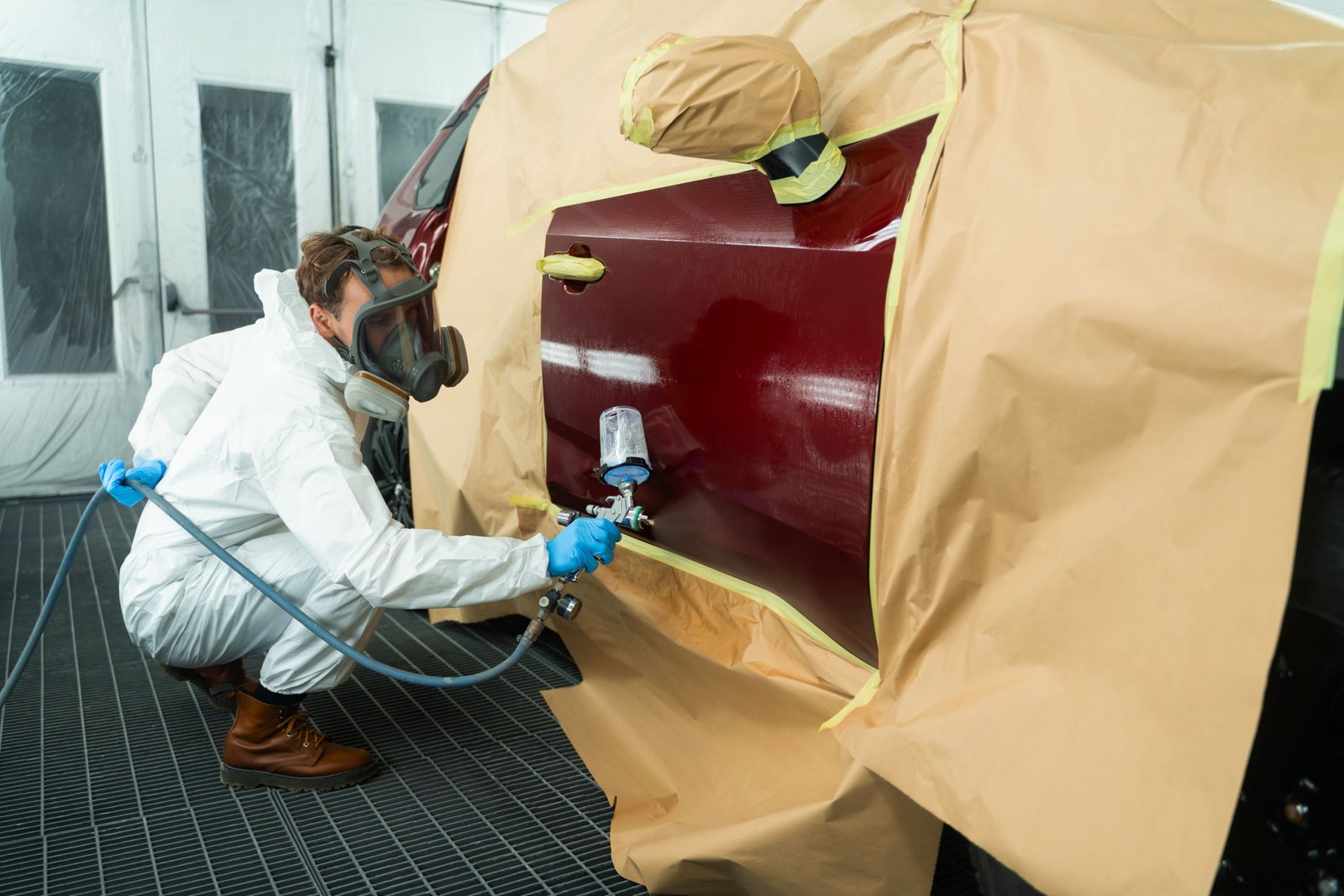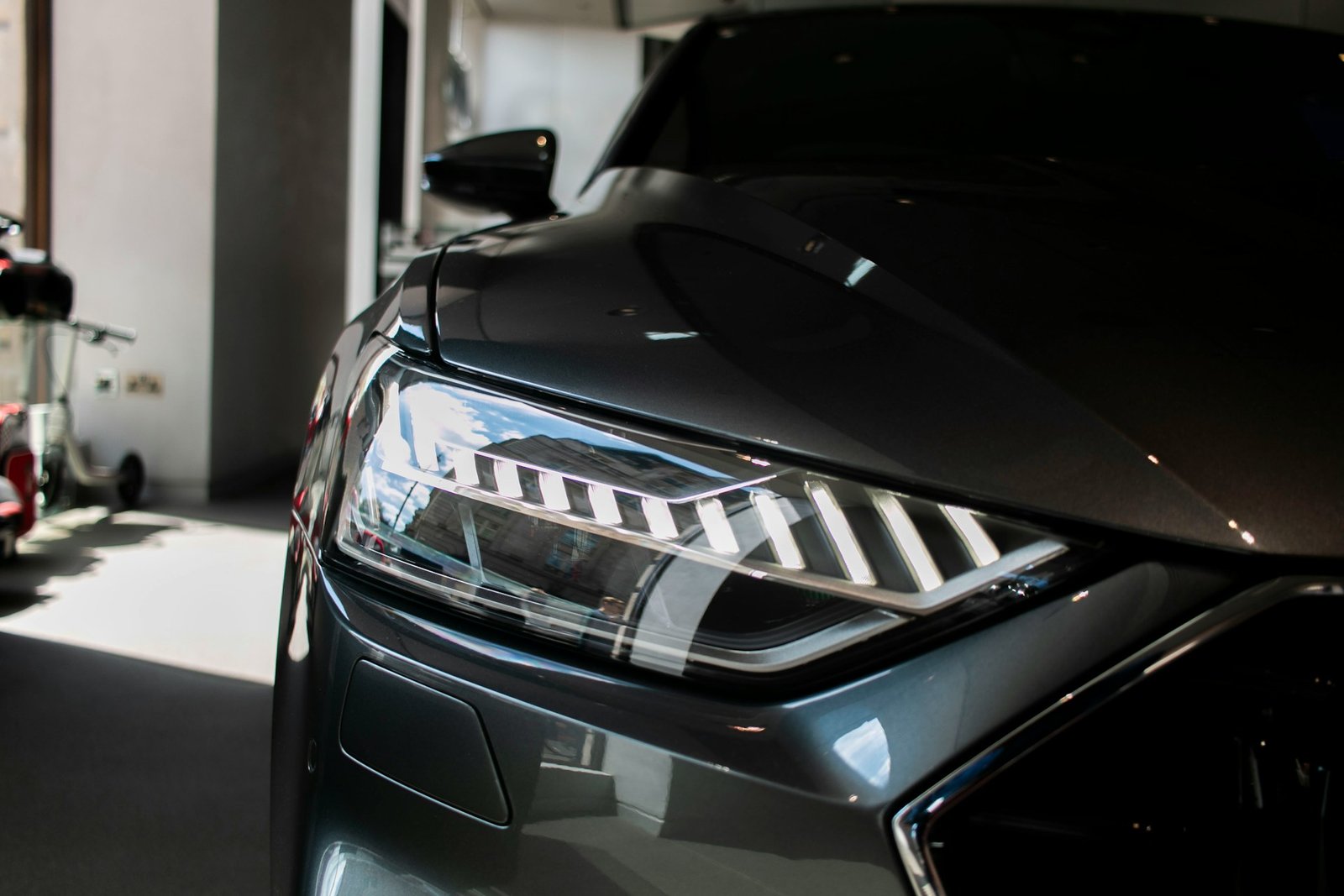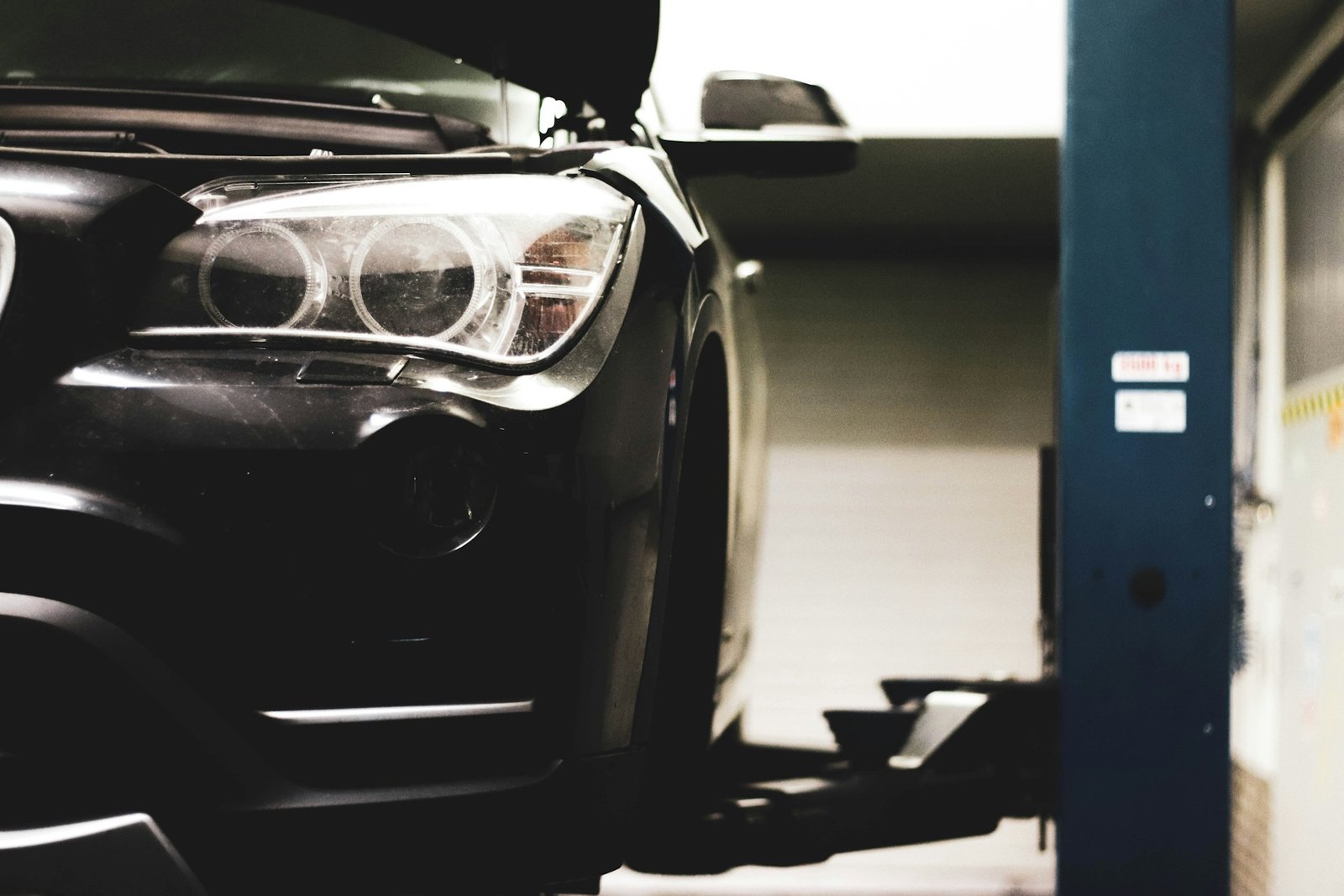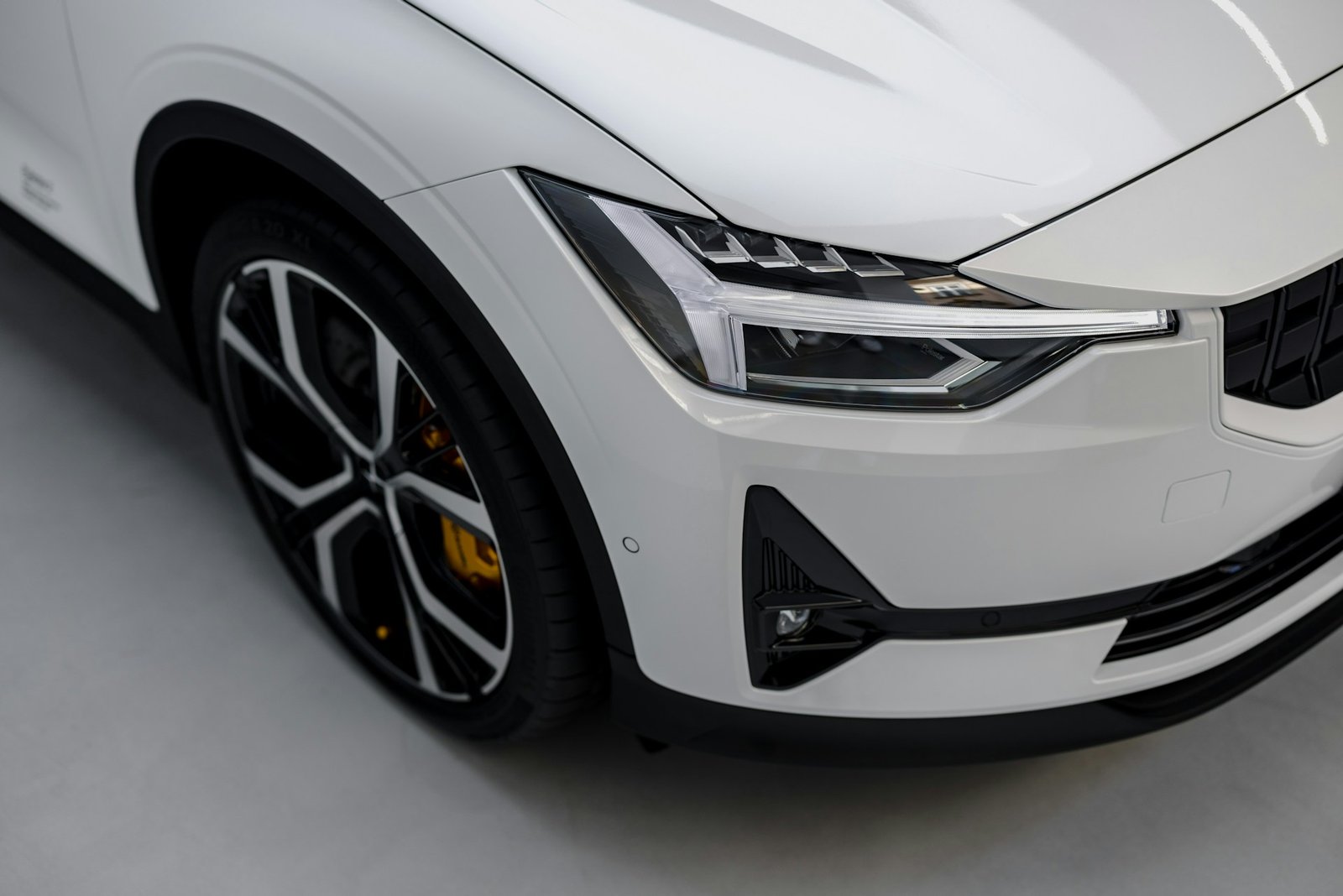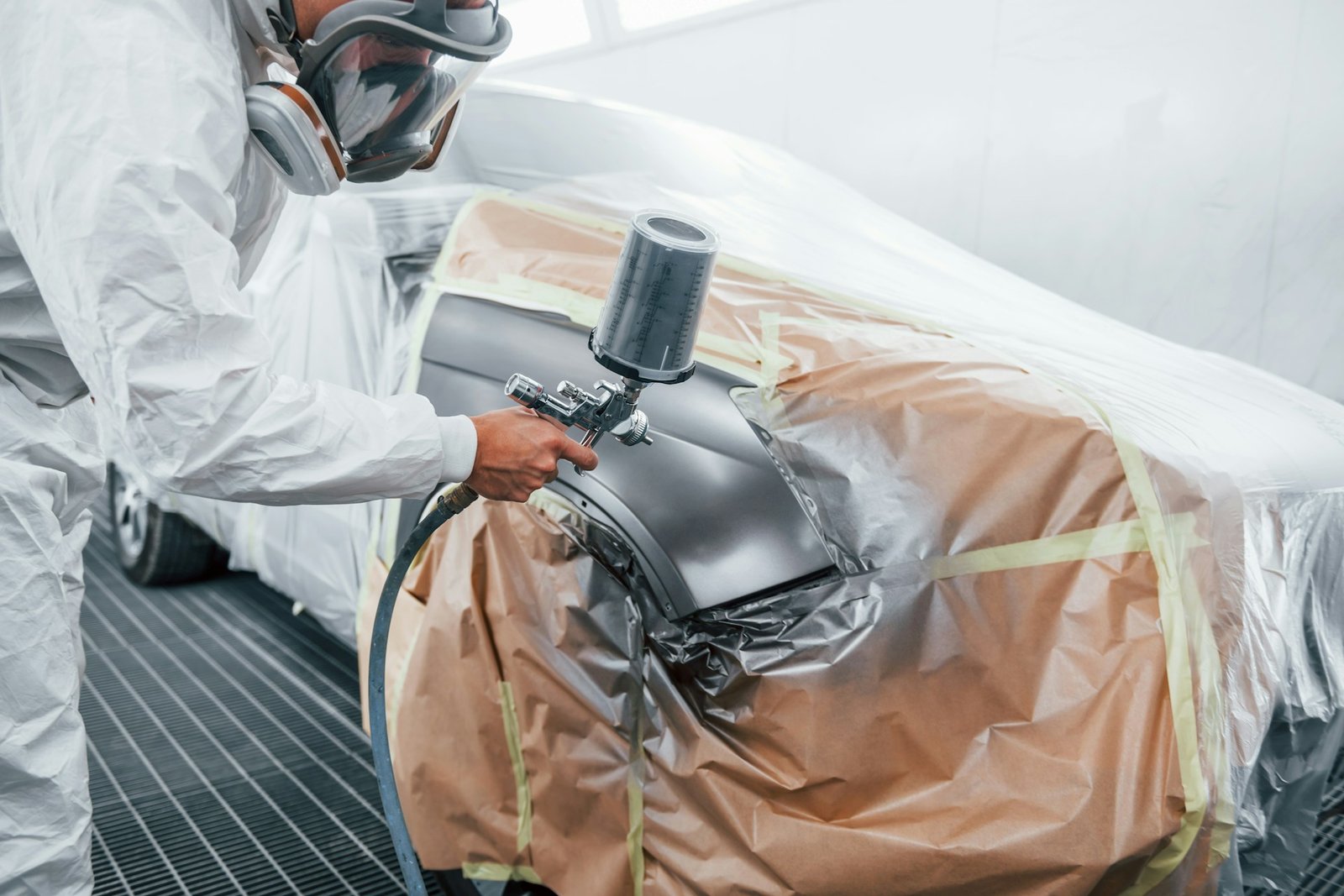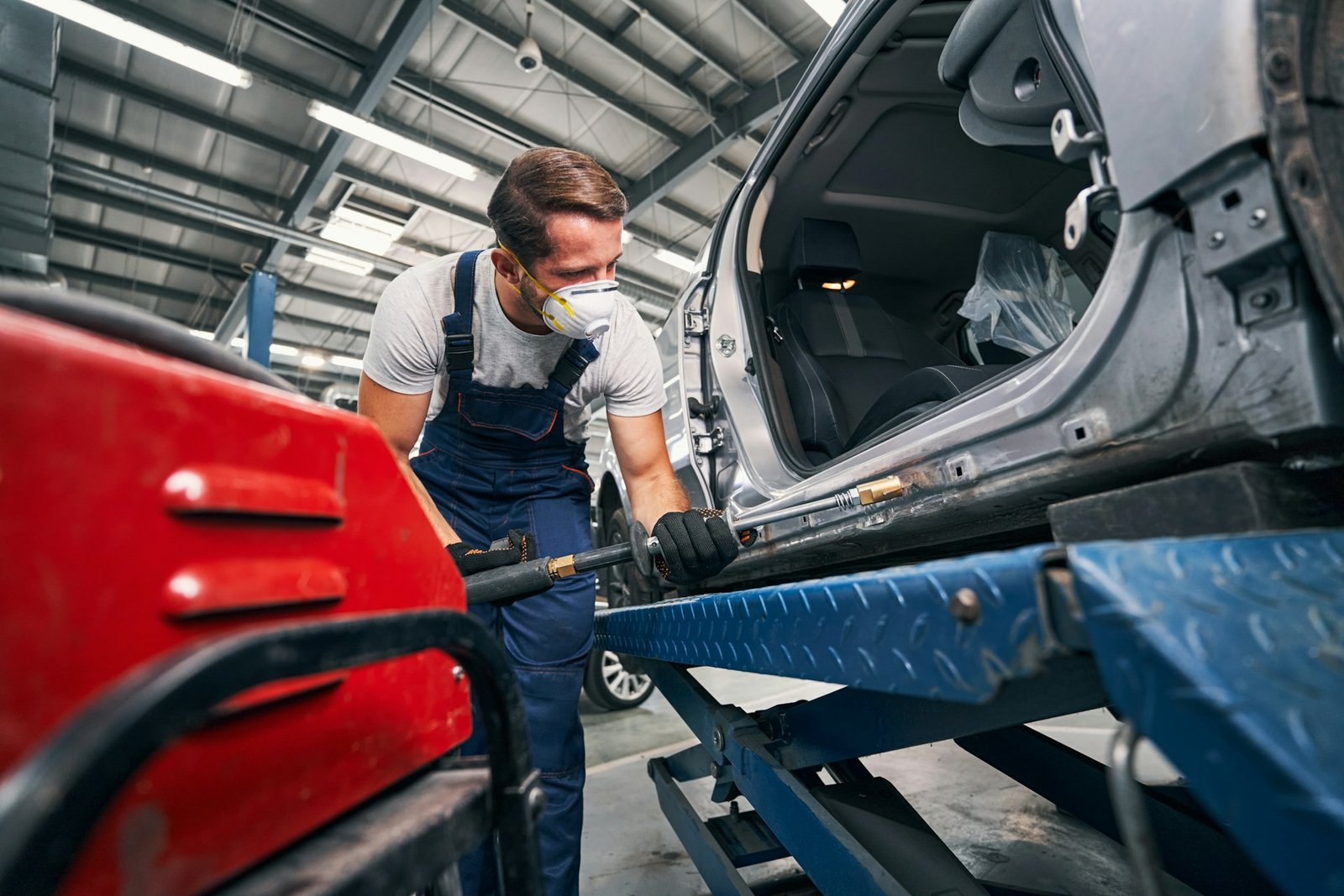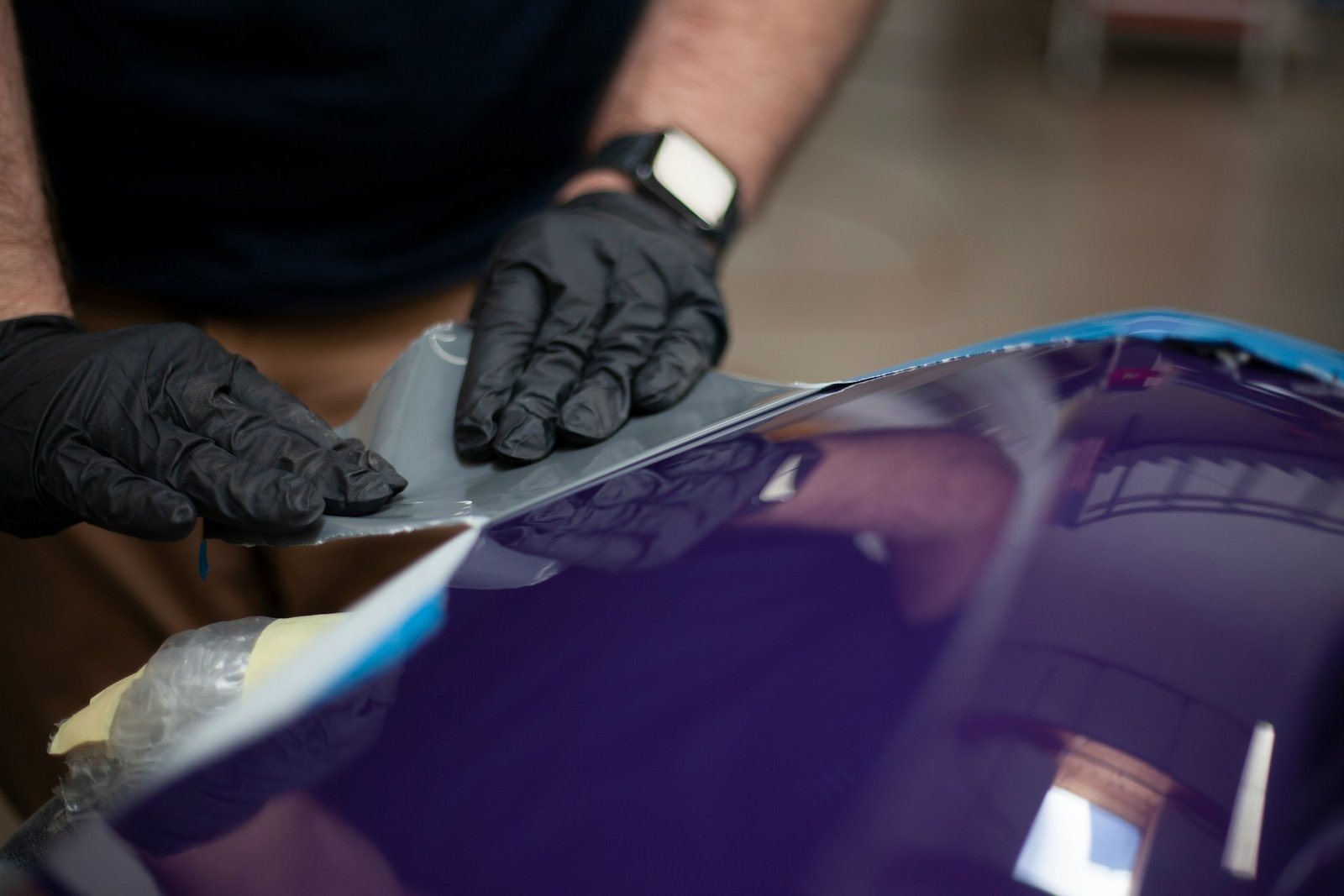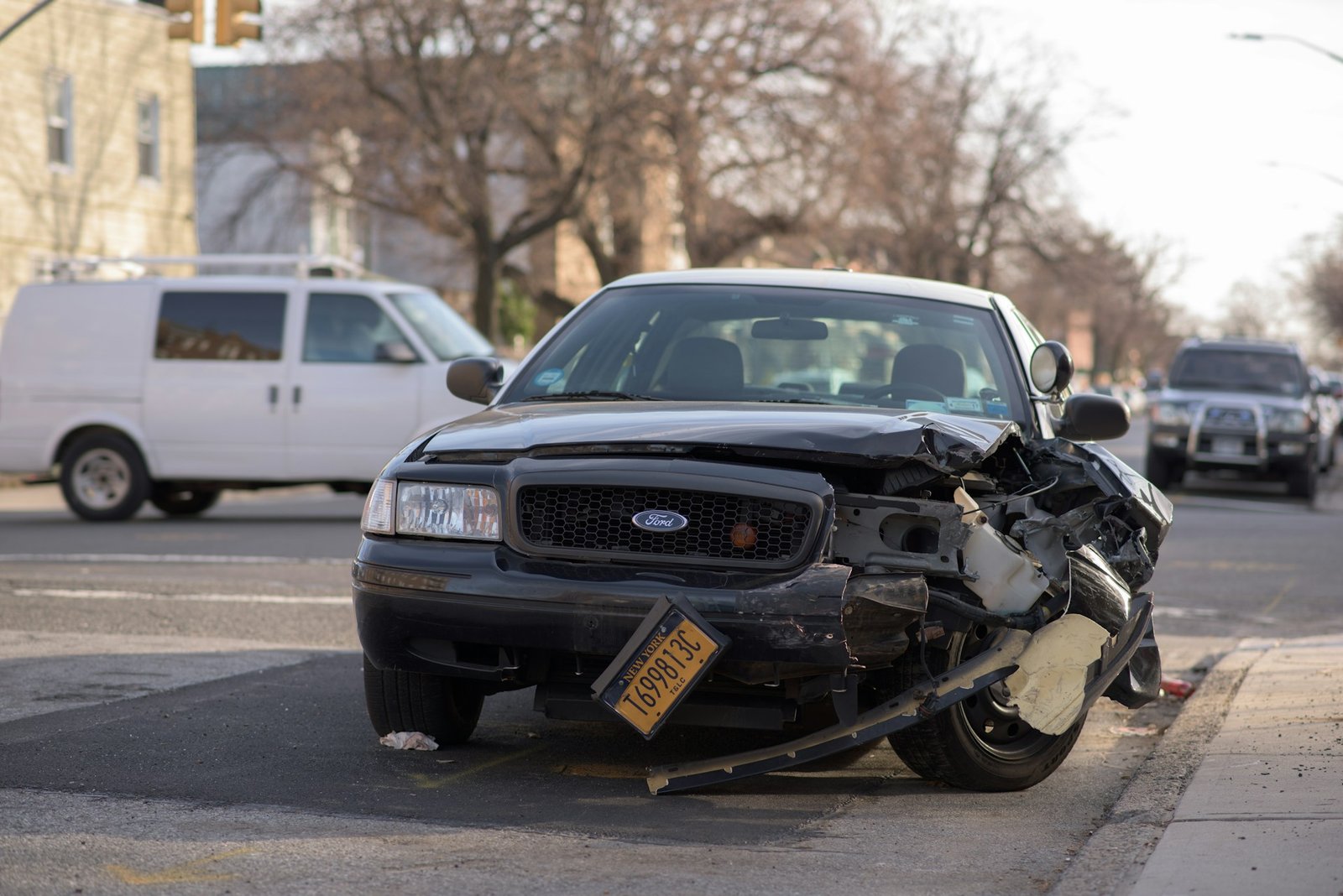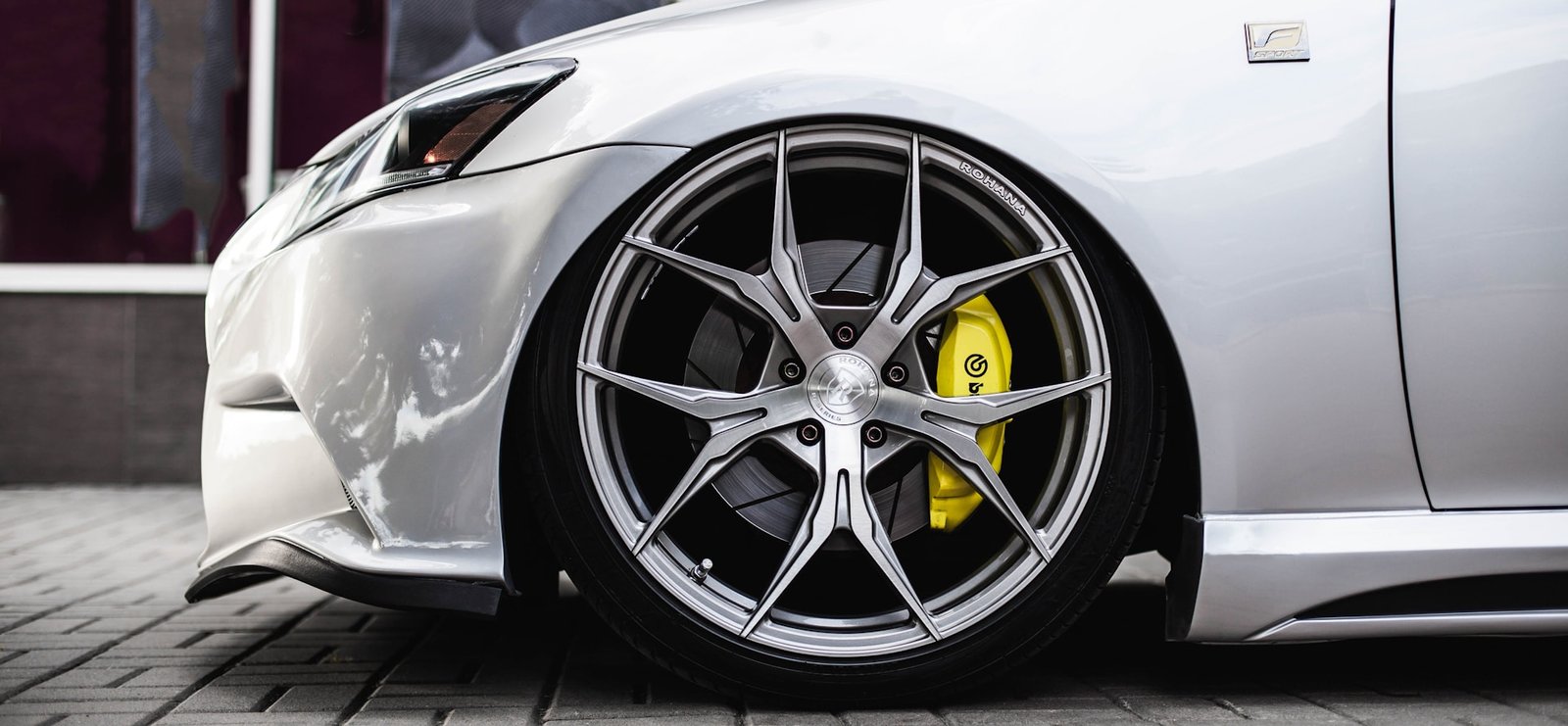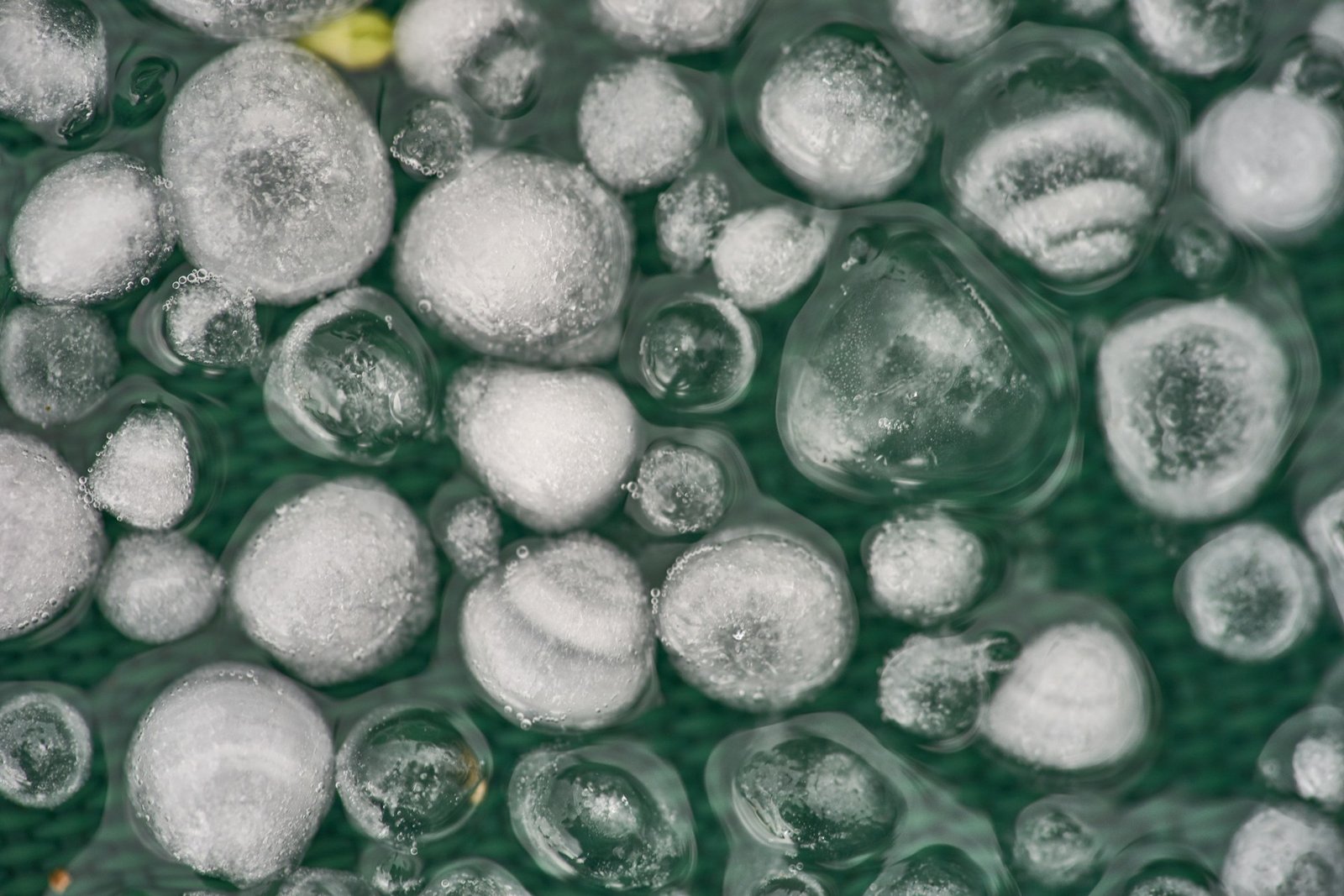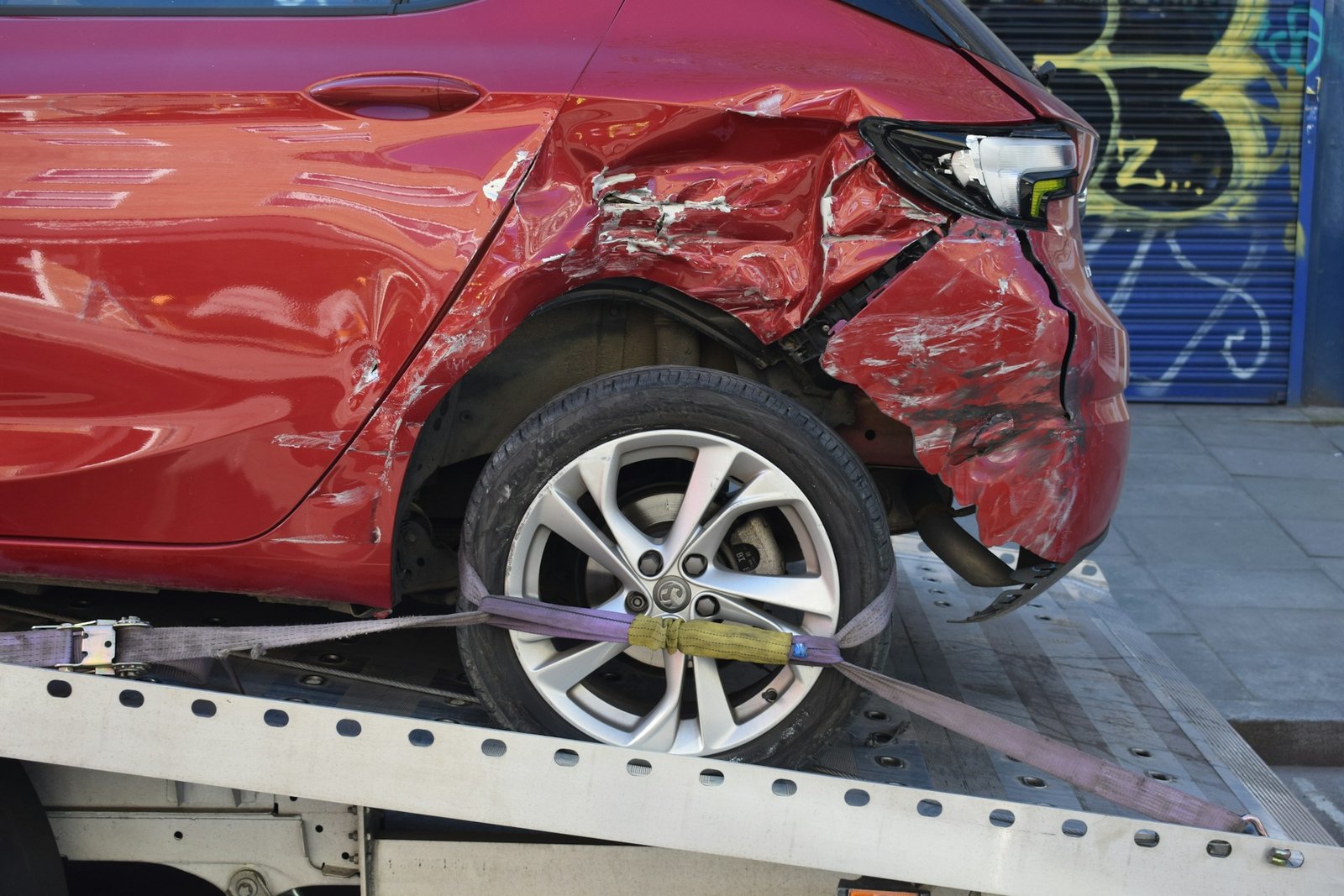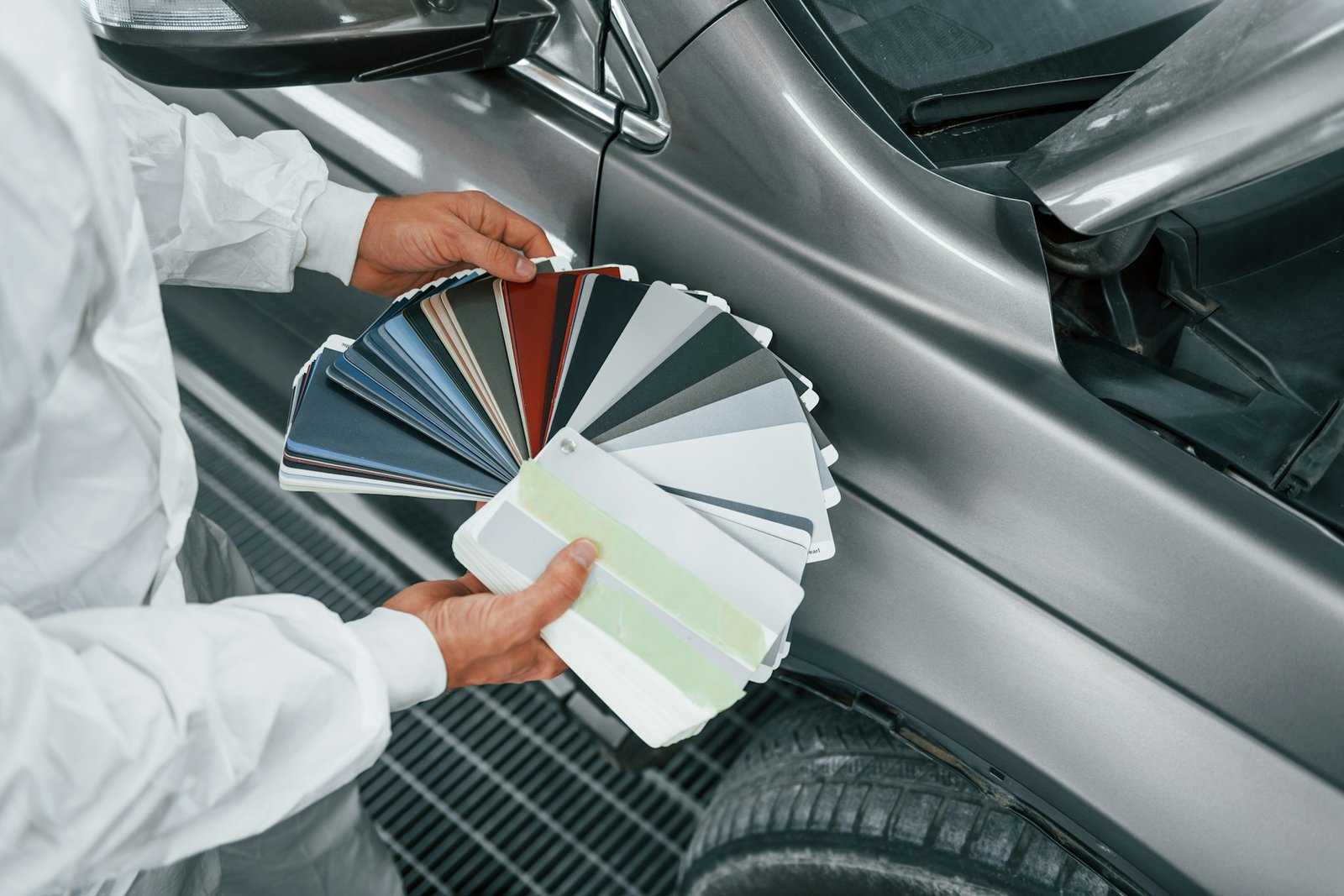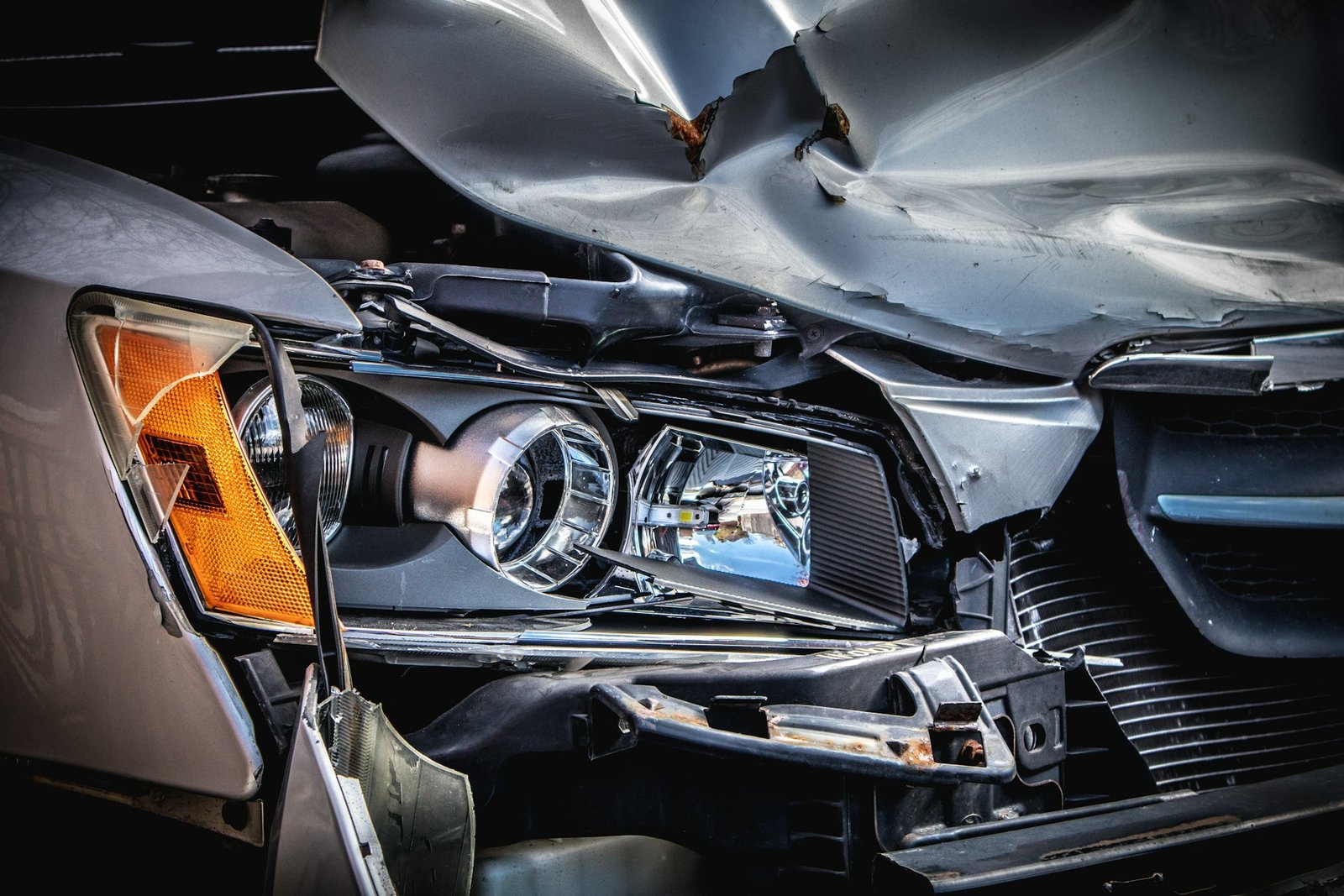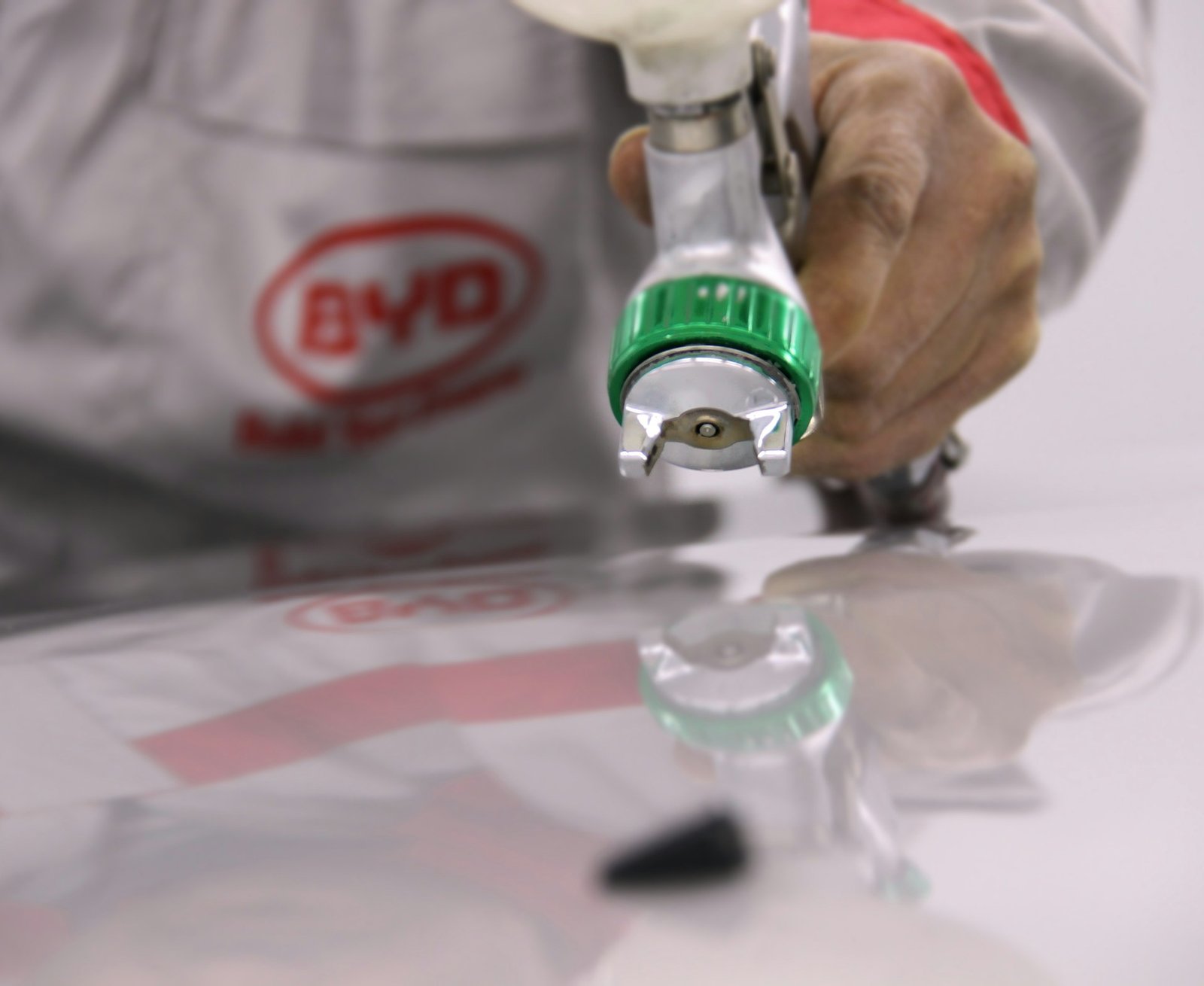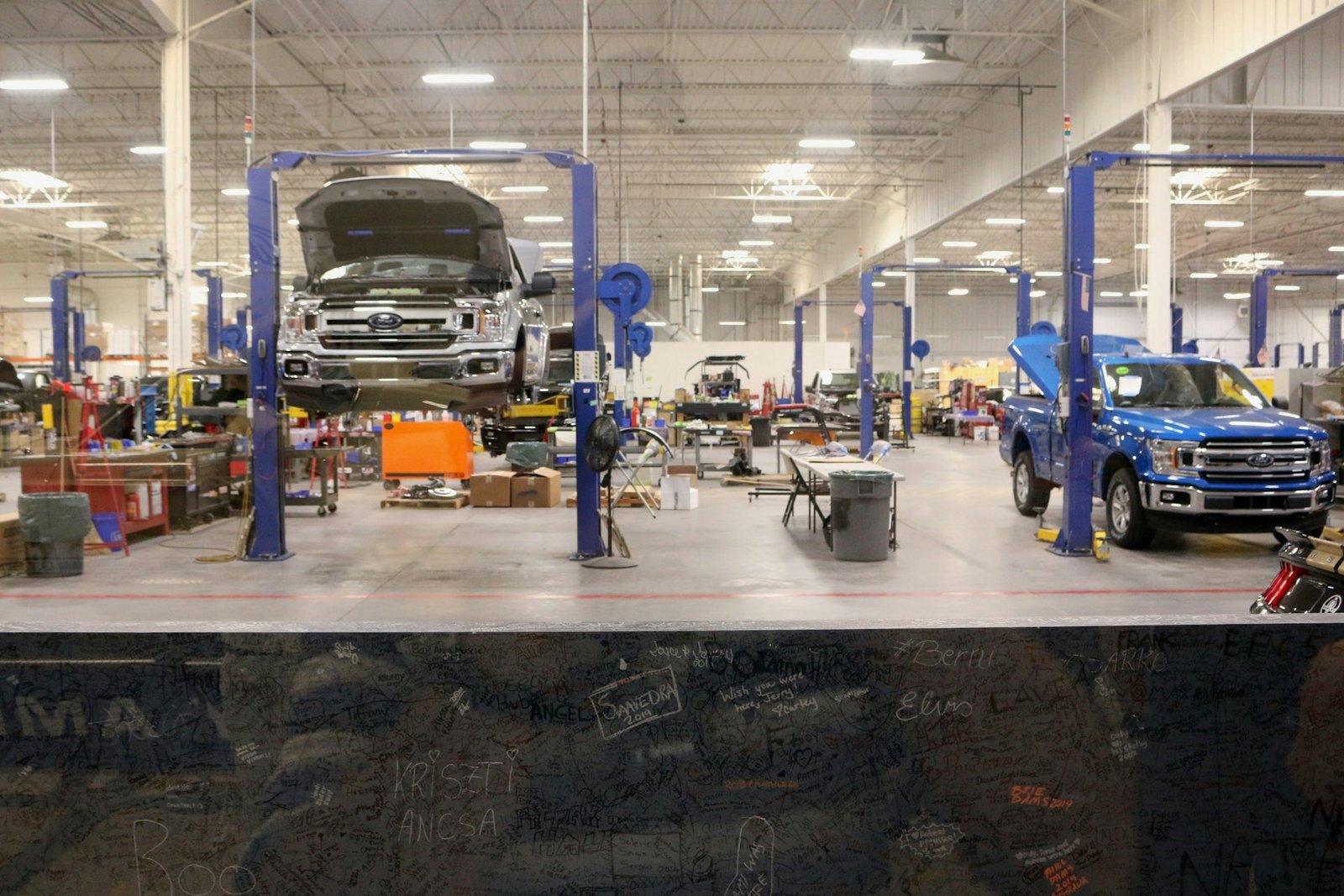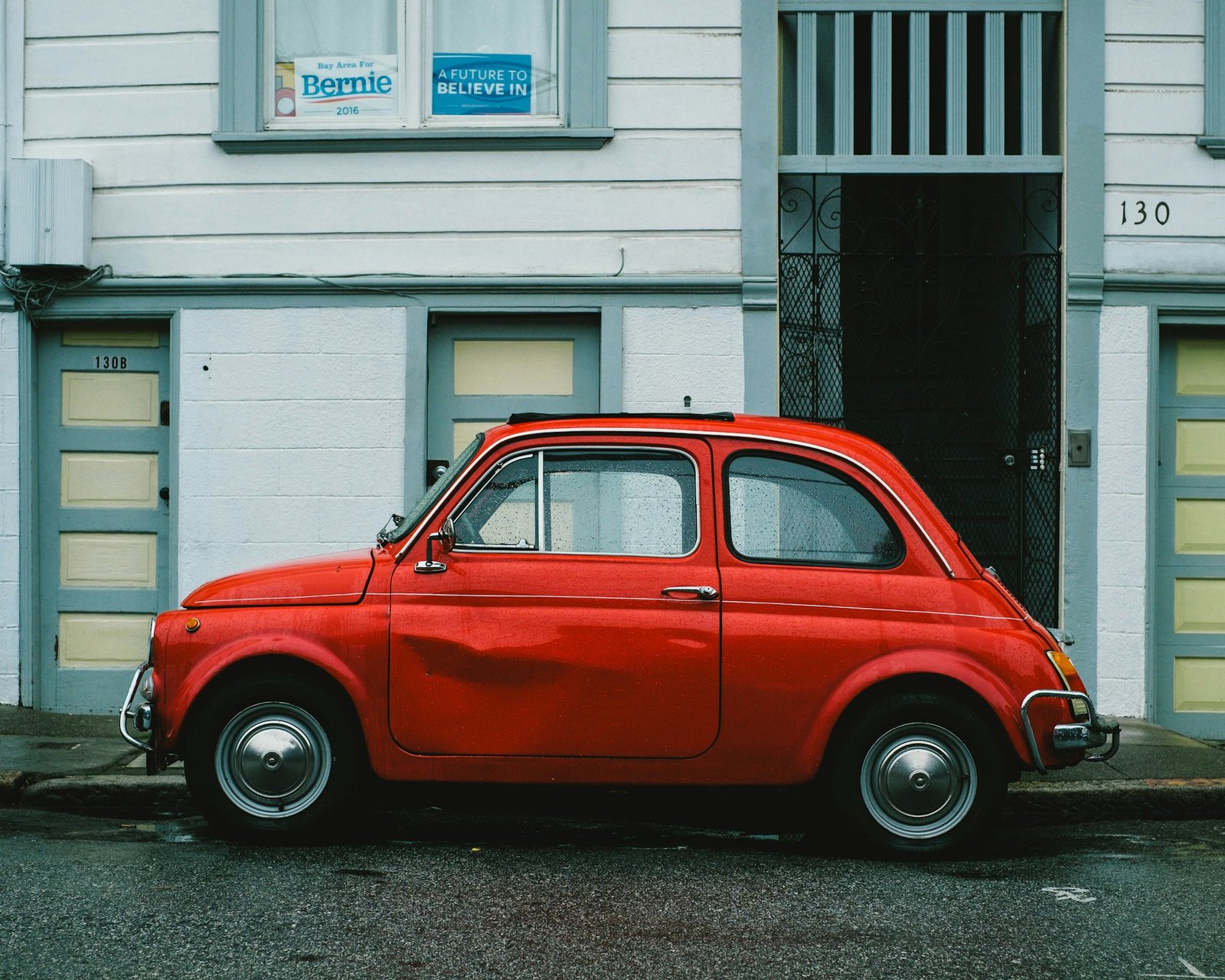Bumpers play a crucial role in protecting your vehicle, as well as enhancing its appearance. These components absorb impact and can prevent more severe damage to your car’s frame and engine during collisions. Unfortunately, bumpers often bear the brunt of accidents and can suffer various forms of damage, from scratches and dents to significant cracks.
Understanding the types of bumper damage and knowing how to address minor issues yourself can save you time and money. However, it’s also essential to recognize when to seek professional help to ensure your vehicle’s safety and structural integrity. Additionally, taking steps to prevent future bumper damage can help maintain your car’s value and aesthetic appeal. In this article, we will explore these aspects in detail, providing you with tips and insights to keep your bumper in top condition.
Understanding Different Types of Bumper Damage
Bumper damage can vary significantly, depending on what caused it. The most common types of damage include scratches, dents, cracks, and scuffs. Scratches are usually surface-level and can occur from simple things like brushing against a rough surface or minor parking lot mishaps. These are often cosmetic issues but can still be unsightly.
Dents can be caused by minor collisions or even shopping carts. They can range from small dings to more significant indentations. Unlike scratches, dents can affect the underlying structure of the bumper. Cracks are generally more severe and can result from major collisions. A cracked bumper can compromise the car’s safety features, making it crucial to address immediately. Scuffs are typically superficial and result from low-impact incidents, like grazing a curb or another vehicle. Each type of damage requires a different approach for repair, which is why understanding the extent of bumper damage is crucial.
DIY Tips for Minor Bumper Repairs
While some bumper damages require professional help, you can handle minor repairs on your own. Small scratches can often be remedied with a scratch repair kit that includes a buffing cloth and a touch-up pen. These kits are available at most auto parts stores and come with detailed instructions. Make sure to clean the area thoroughly before starting the repair to ensure the best results.
For small dents, a suction cup dent puller can be quite effective. These tools are designed to pull out minor dents without damaging the paint. Again, cleaning the area first is vital. Position the suction cup over the dent, pull gently, and you might find that the dent pops right out. However, it’s essential to be cautious with DIY methods. Overestimating your repair skills could lead to further damage, making professional help necessary. If the damage looks too complicated, it’s best to consult with experts to avoid making the situation worse.
When to Seek Professional Help for Bumper Repair
Knowing when to seek professional help for bumper repair can save you time and money. Minor scrapes and small dents might seem easy to handle at home, but there are cases where expert intervention is necessary. If the bumper has significant cracks, deep gouges, or structural damage, it’s best to consult professionals. These issues might affect the safety and performance of your vehicle and require specialized tools and techniques to fix properly.
Another situation where professional help is crucial is when the bumper has shifted or detached from the car. This can indicate deeper damage to the vehicle’s frame or safety systems. Attempting to fix such issues on your own might lead to incomplete repairs and compromised vehicle safety. Professionals ensure that all aspects of the bumper and underlying structure are addressed, maintaining the car’s safety standards.
Preventing Future Bumper Damage
Preventing bumper damage can help maintain your vehicle’s appearance and save you from costly repairs. One straightforward way to protect your bumper is to practice mindful parking. Avoid parking too close to other vehicles or objects that might cause scratches, dents, or other damage. Using parking sensors or back-up cameras, if available, can also help you navigate tight spots safely.
Another tip is to invest in bumper guards or bumper protectors. These accessories provide a buffer between your car and potential sources of damage, such as shopping carts or careless drivers. Regular maintenance and inspection of your bumper can also help detect and address minor issues before they become significant problems. Remember, taking a few extra precautions can go a long way in keeping your bumper in good shape.
Conclusion
Ensuring your vehicle remains in top condition involves more than just regular engine maintenance. Paying attention to your bumper and knowing when to seek professional help for repairs can prevent more extensive and costly damages down the road. From understanding different types of bumper damage to practicing preventive measures, taking care of your bumper is crucial for the longevity and safety of your vehicle.
If you’re facing bumper damage and need expert assistance, turn to Windermere Collision Center. Our skilled professionals are ready to help restore your vehicle to its original condition with top-tier service and quality craftsmanship. Don’t let minor damages turn into major issues—contact Windermere Collision Center today for all your car bumper repair needs.

